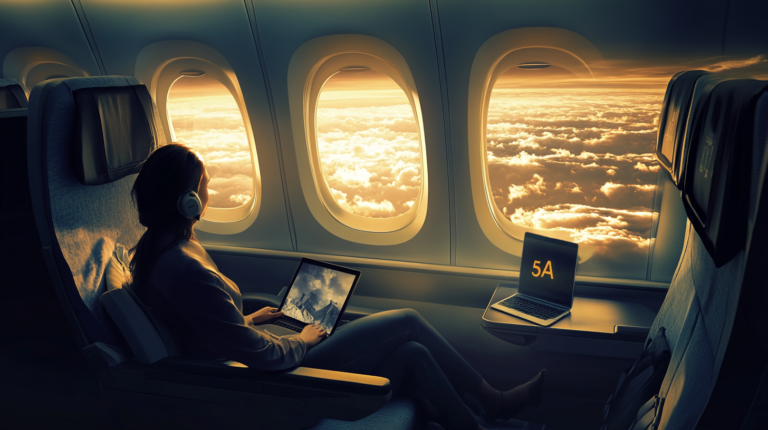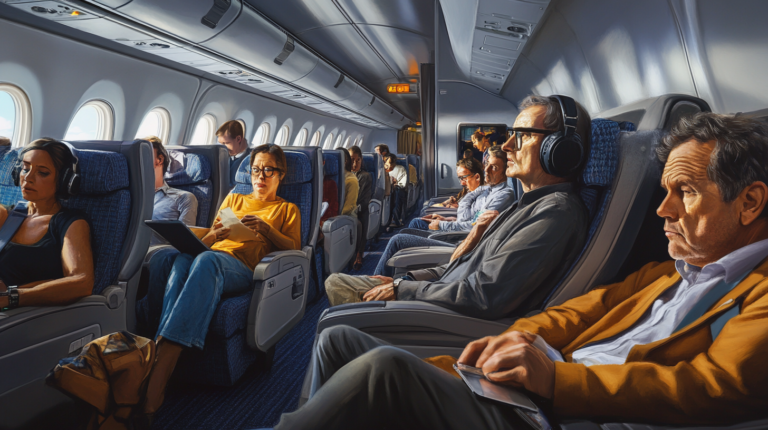Ultimate International Travel Packing List: A Comprehensive Guide
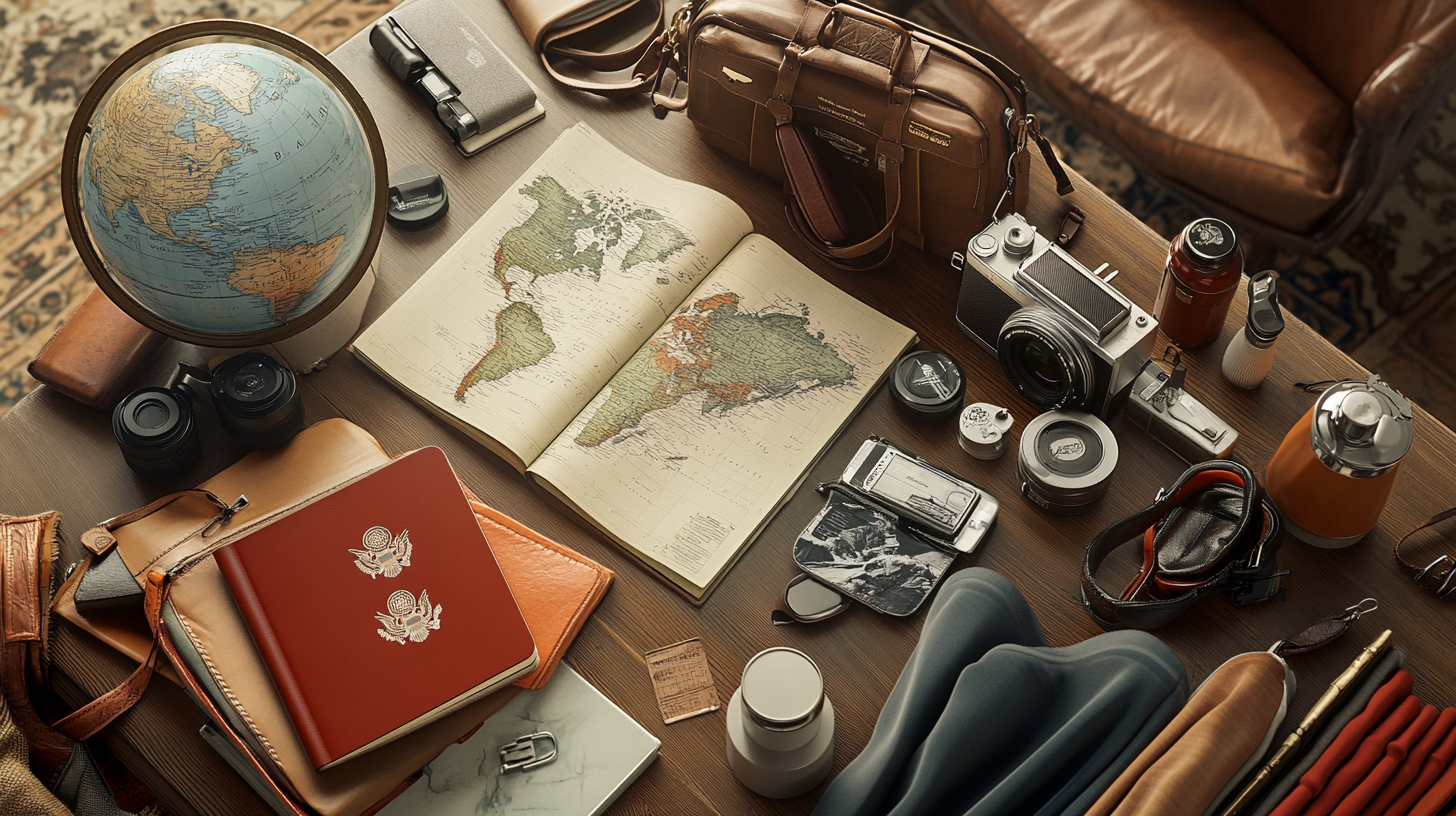
Embarking on an international journey is an exhilarating experience filled with opportunities to immerse oneself in new cultures, savor exotic cuisines, and marvel at breathtaking landscapes. From the bustling markets of Marrakech to the serene beaches of Bali, the world awaits exploration. However, the excitement can often be dampened by the daunting task of packing, especially when trying to balance convenience with preparedness. To ensure a smooth and enjoyable trip, it’s essential to pack wisely and efficiently, tailoring your luggage to your destination, trip duration, and personal needs. This comprehensive guide not only provides all the insights and strategies you need for a well-prepared international adventure but also helps you avoid common pitfalls encountered by travelers, such as overpacking or forgetting essential items outlined in the Comprehensive Pre-Travel Checklist for International Trips .
Factors Influencing Your Packing List
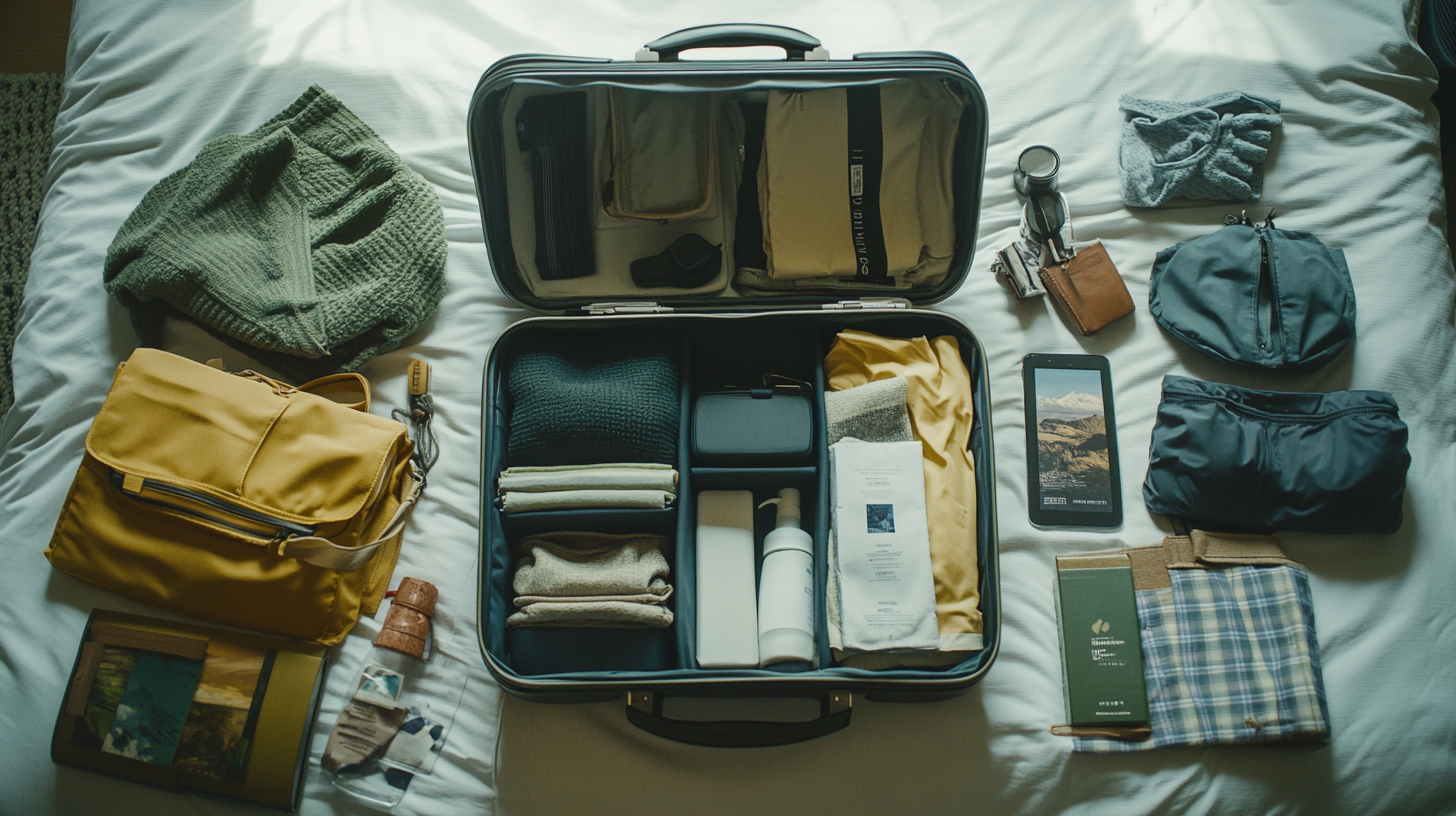
Destination and Climate Considerations
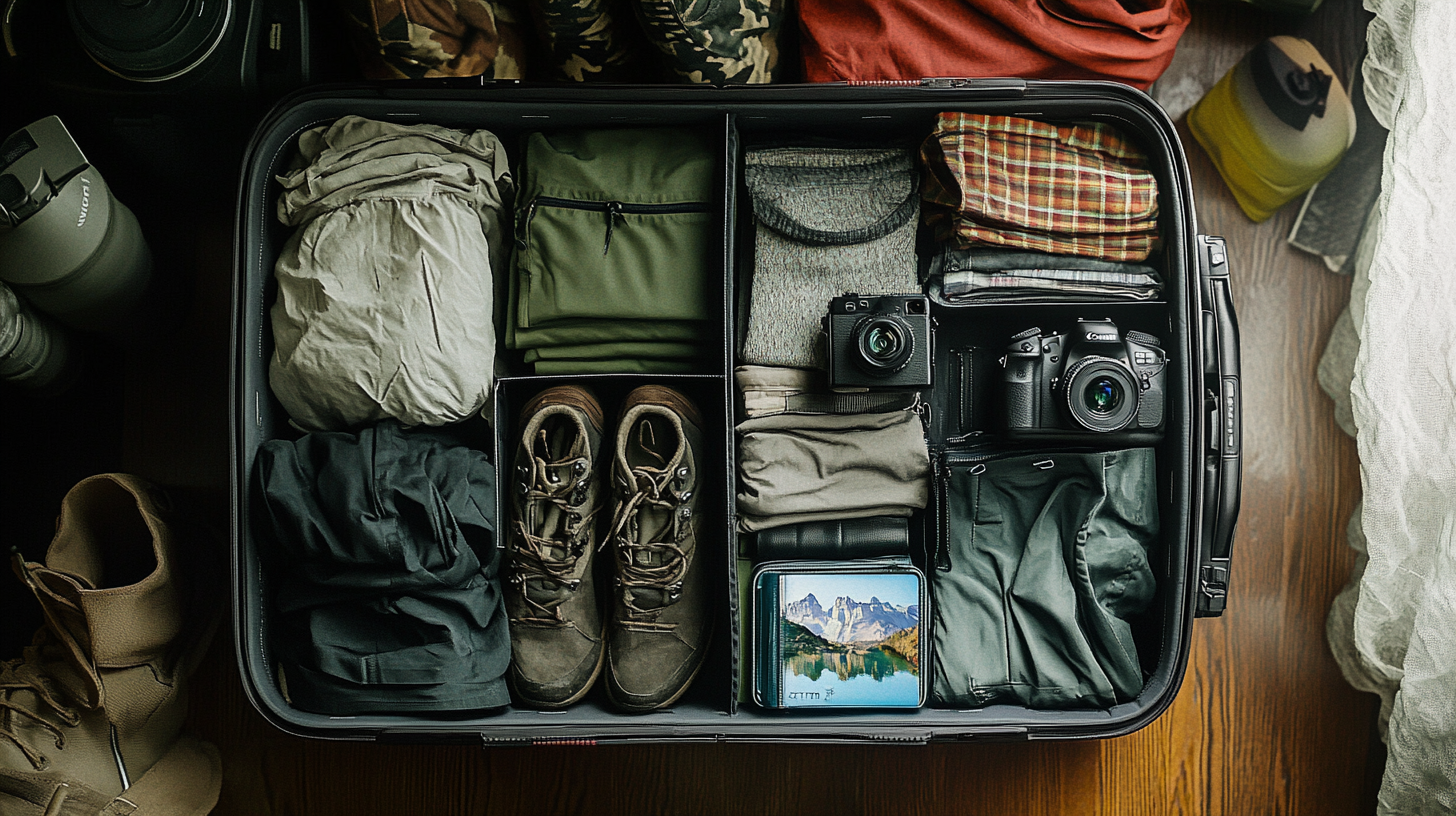
Your packing list should reflect the specific climate and cultural nuances of your destination. Traveling to a tropical location like Thailand requires lightweight clothing, breathable fabrics, and ample sun protection to combat heat and humidity. In contrast, a trip to colder regions such as Iceland necessitates warm layers, thermal wear, and possibly specialized gear like snow boots or waterproof jackets. Additionally, cultural norms may influence your attire choices to ensure respect and comfort during your travels. For instance, when visiting religious sites in countries like India or the Middle East, modest clothing that covers shoulders and knees is often required. Familiarizing yourself with these cultural expectations can enhance your experience and show respect for local customs, as detailed in the Guide to Cultural Etiquette for Travelers .
Trip Duration and Activities
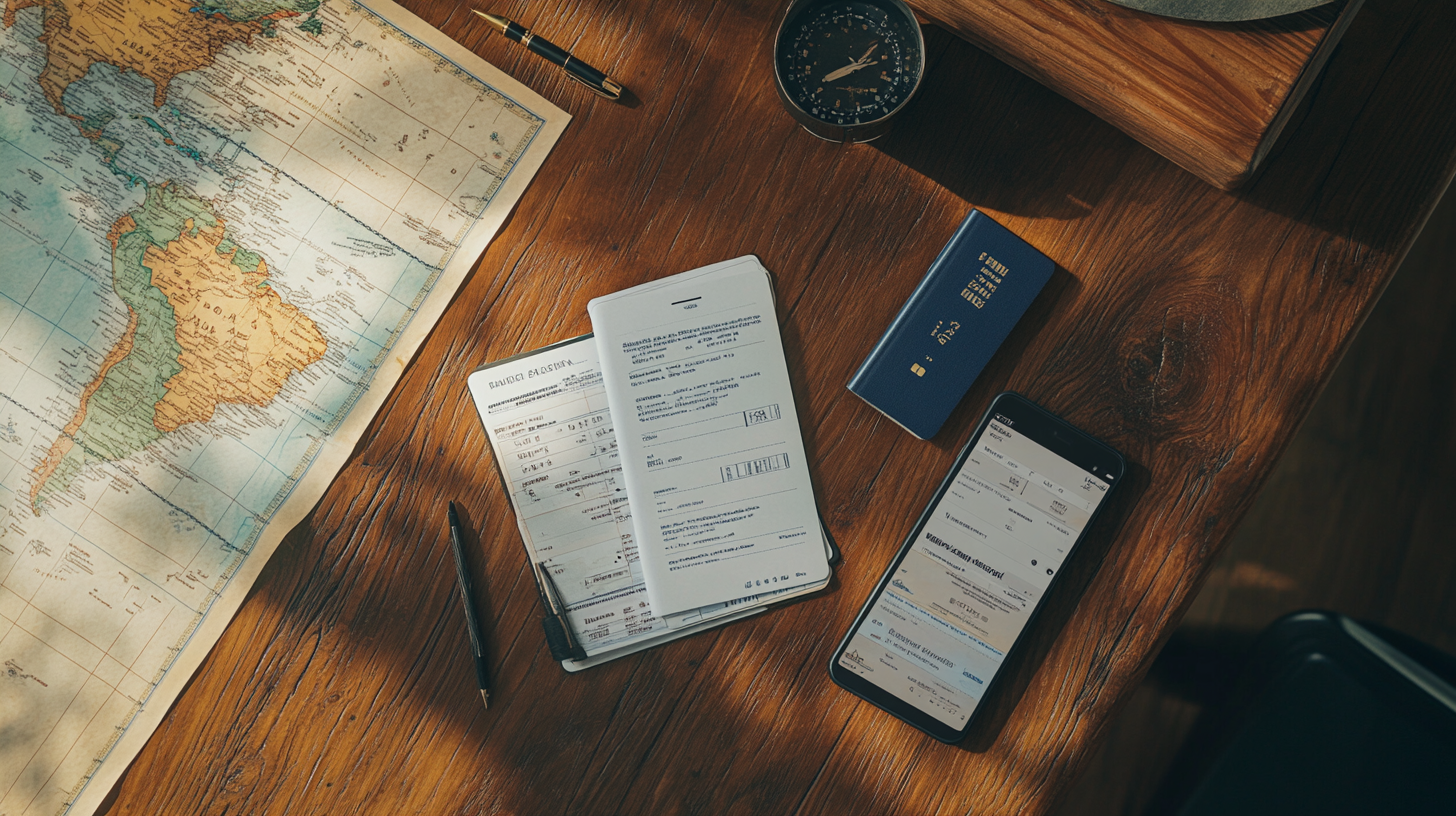
The length of your trip and planned activities play significant roles in determining what you need to pack. A weekend getaway might allow for a carry-on-only approach, saving you time at the airport and eliminating the risk of lost luggage. For longer stays, consider versatile clothing that can be mixed and matched, investing in multi-purpose items to maximize luggage space. For example, packing clothes in neutral colors allows for more outfit combinations. If you’re planning activities like hiking, swimming, or attending formal events, ensure you include the necessary attire and equipment. Adventure travelers might need items such as trekking poles or waterproof gear, while business travelers should consider packing formal wear that resists wrinkles, as recommended in the Business Travel Packing Essentials Guide .
Essential Travel Documents and Preparations
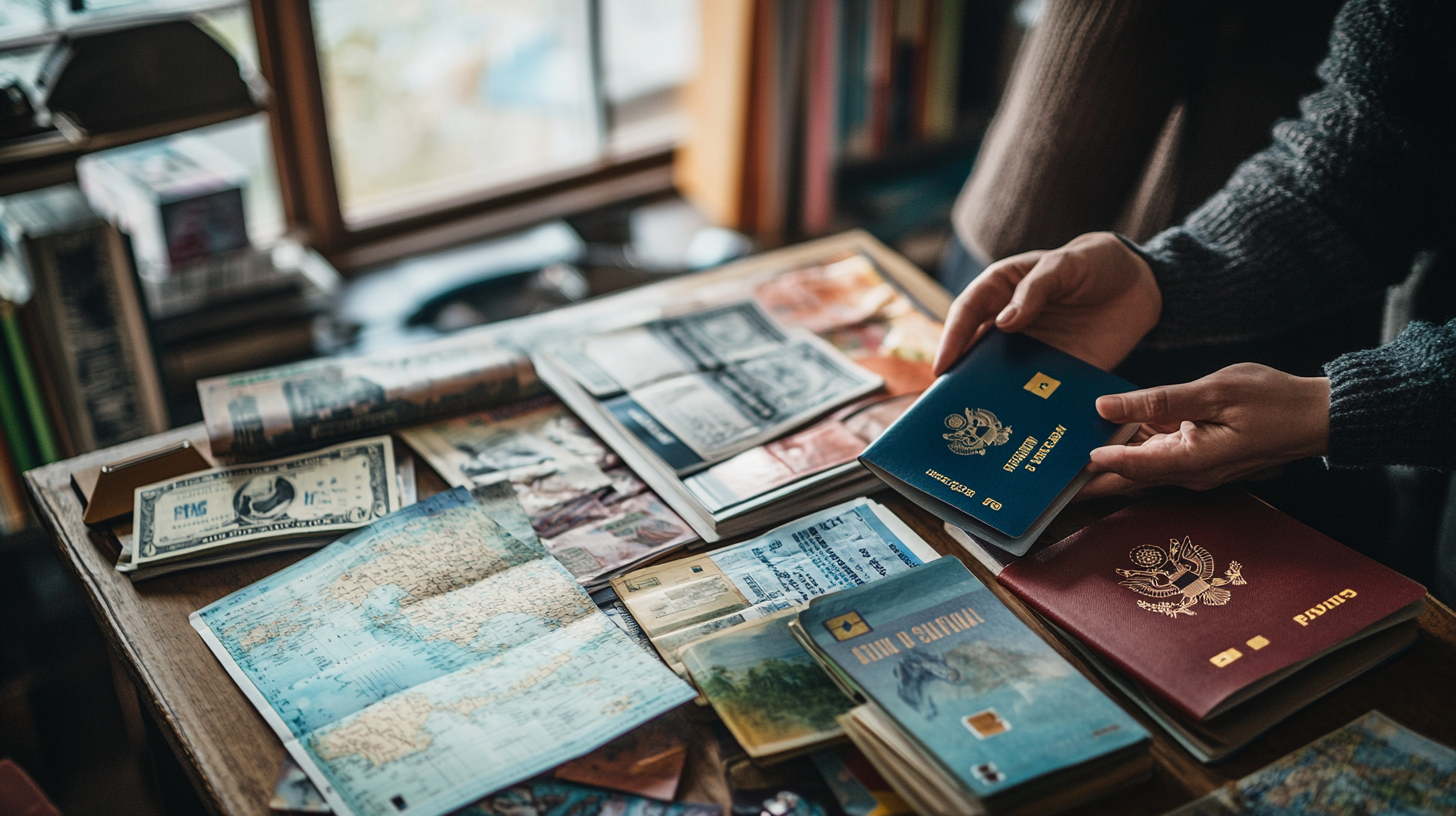
Passports and Visas
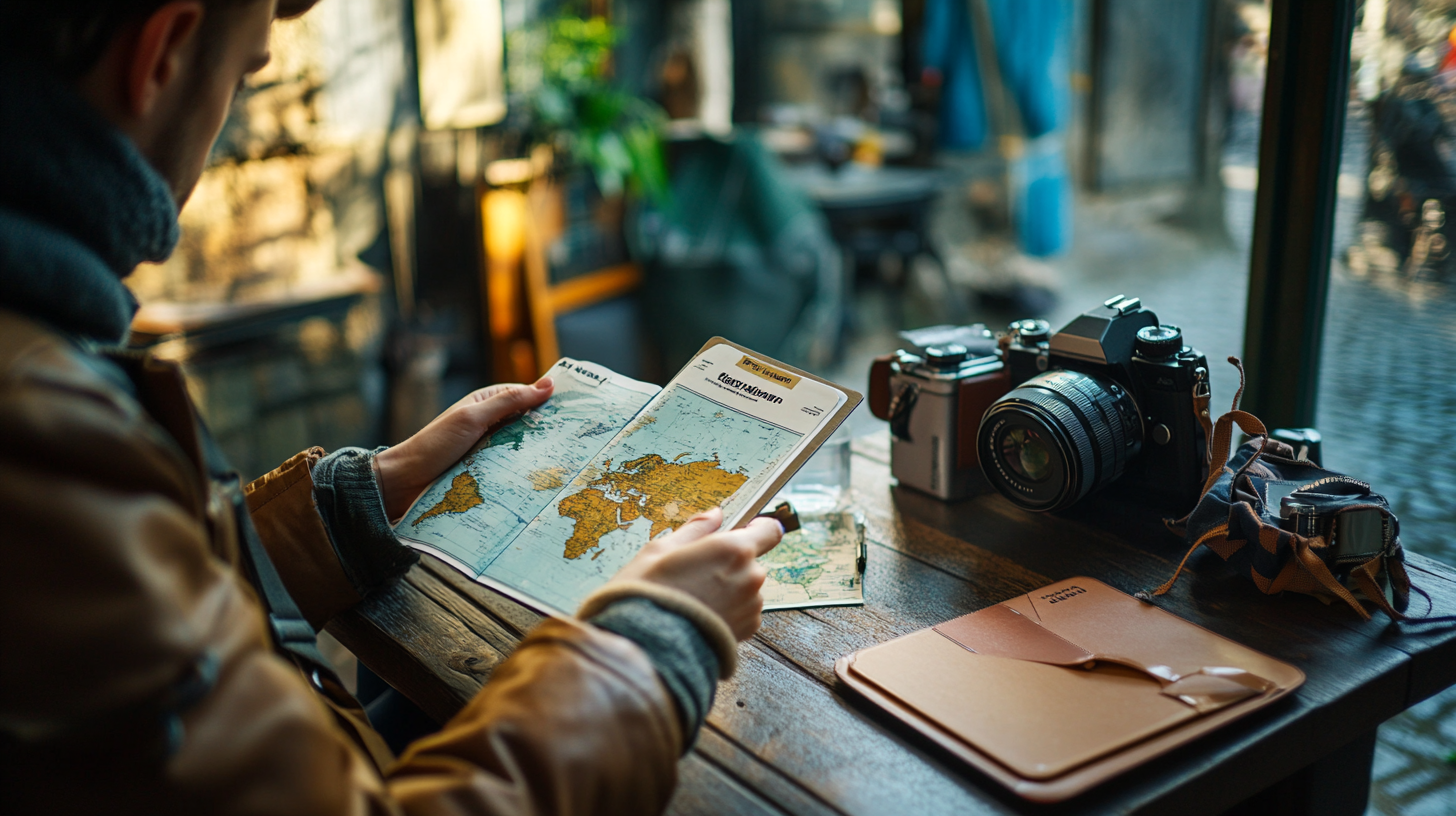
Ensure your passport is valid for at least six months beyond your travel dates, as many countries enforce this requirement strictly. Some nations may even deny entry if this condition isn’t met. Research visa necessities well in advance, allowing ample time for processing to avoid last-minute complications. Visa regulations can vary significantly between countries, and some may require interviews or additional documentation. Utilizing resources like the International Visa Requirements Database can streamline this process.
Travel Insurance
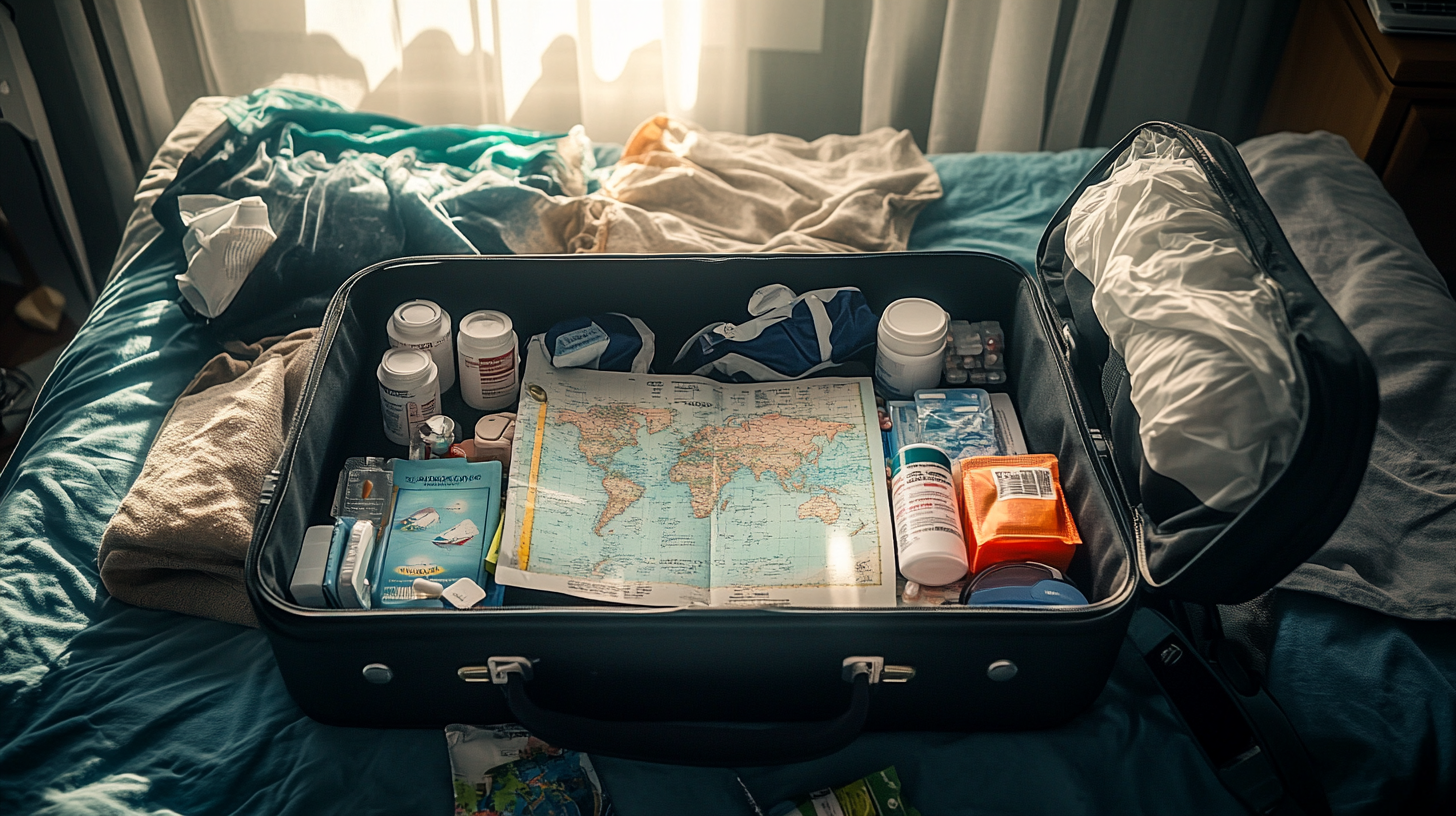
Securing comprehensive travel insurance is crucial for international trips. It provides coverage for unforeseen events such as medical emergencies, trip cancellations, or lost luggage, offering peace of mind throughout your journey. Medical expenses abroad can be exorbitant, and without insurance, you may be responsible for all costs. Policies often include 24-hour emergency assistance, which can be invaluable in critical situations. Compare different plans through the Travel Insurance Comparison Tool to find one that best suits your needs.
Health Preparations

Consult with your healthcare provider about necessary vaccinations specific to your destination well ahead of your departure date. Some vaccines require multiple doses over several weeks. Organize any required medications, keeping them in their original containers, and pack them in your carry-on for easy access and safety. It’s also advisable to carry a doctor’s note for prescription medications, especially if they contain controlled substances. Consider incorporating preventive items like mosquito repellents or allergy medications, depending on your destination, as highlighted in the Health and Safety Tips for International Travelers .
Financial and Communication Arrangements
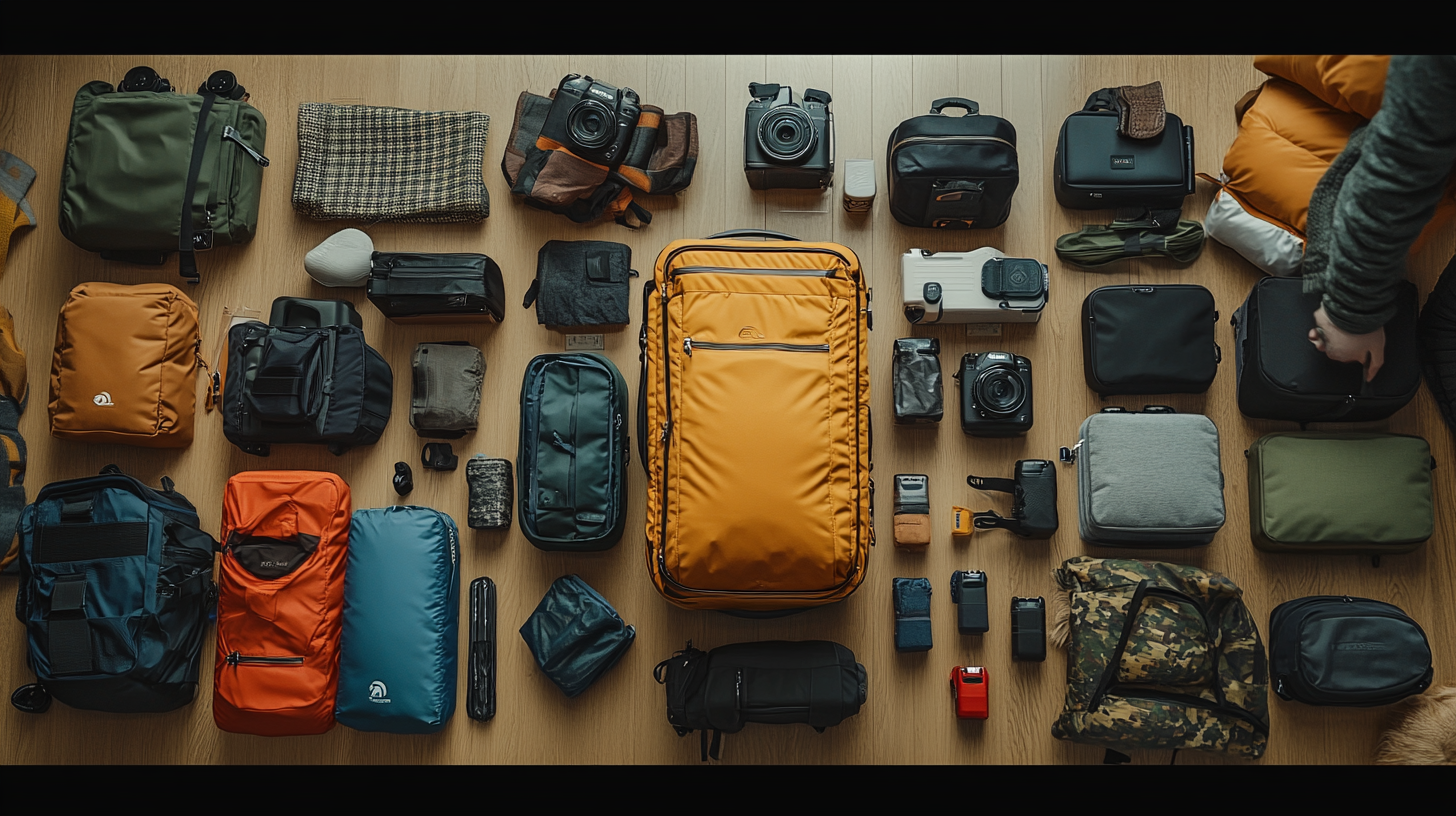
Notify your bank and credit card companies of your travel plans to prevent unexpected blocks on your accounts due to suspicious foreign transactions. Consider setting up a travel-friendly credit card that doesn’t charge foreign transaction fees, saving you money during your trip. Set up international communication options through SIM or eSIM cards, or adjust your current plan to avoid exorbitant roaming charges. Apps like WhatsApp or Skype can facilitate communication over Wi-Fi, reducing costs. For a seamless experience, refer to the Guide to Staying Connected Abroad Without Breaking the Bank .
Luggage Selection and Organization
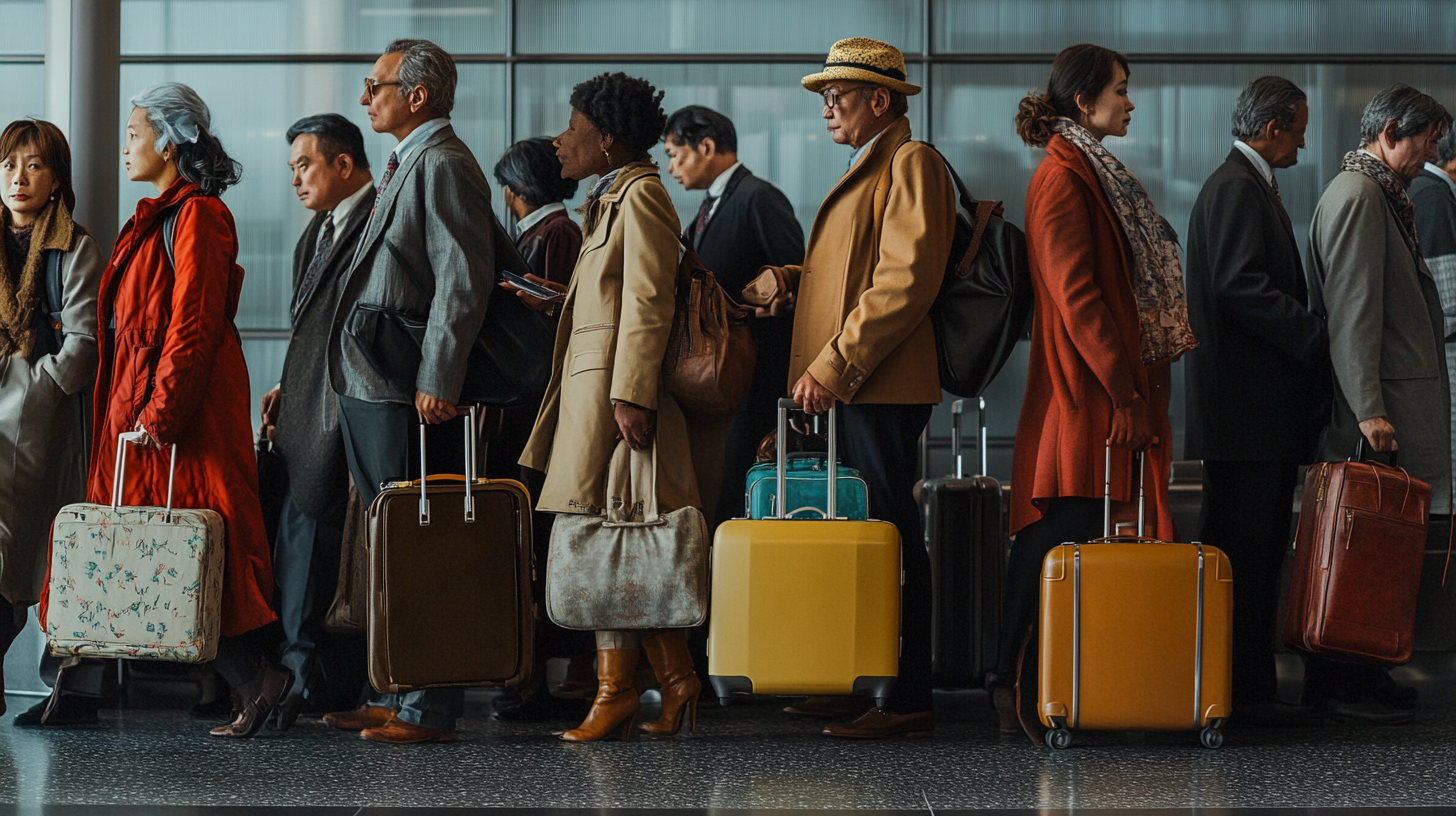
Choosing the Right Luggage
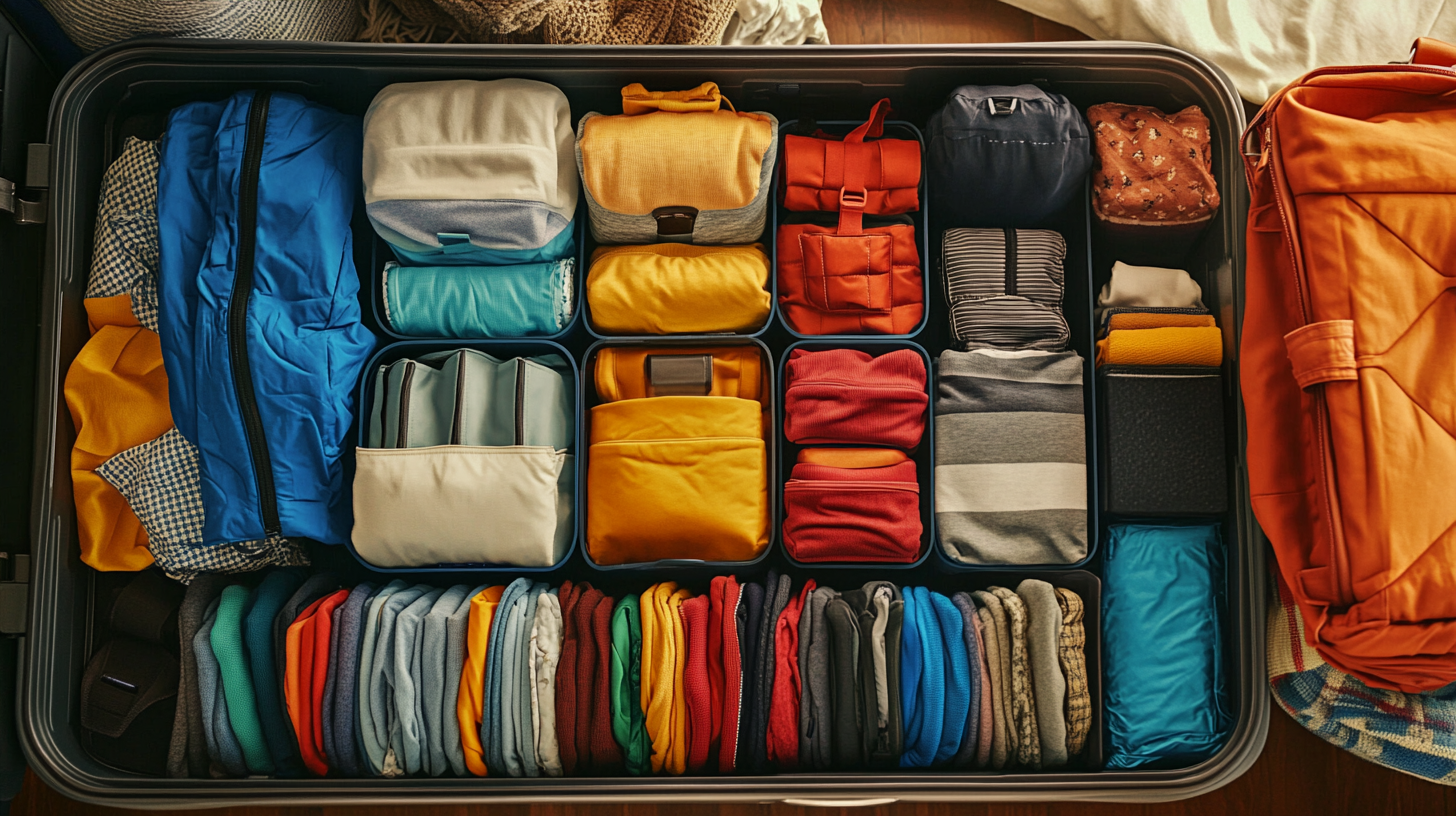
Select a durable and easy-to-carry bag that suits your travel style. Whether you prefer backpacks for mobility or suitcases for organization, the choice should align with your itinerary and comfort. Decide between softside or hardside luggage based on your needs; softside may offer more flexibility and external pockets for accessibility, while hardside provides better protection for fragile items and is often more water-resistant. Consider investing in a quality carry-on to reduce the hassle of checked bags, especially for shorter trips. For guidance, consult the Traveler’s Guide to Selecting the Perfect Luggage .
Packing Cubes and Organization
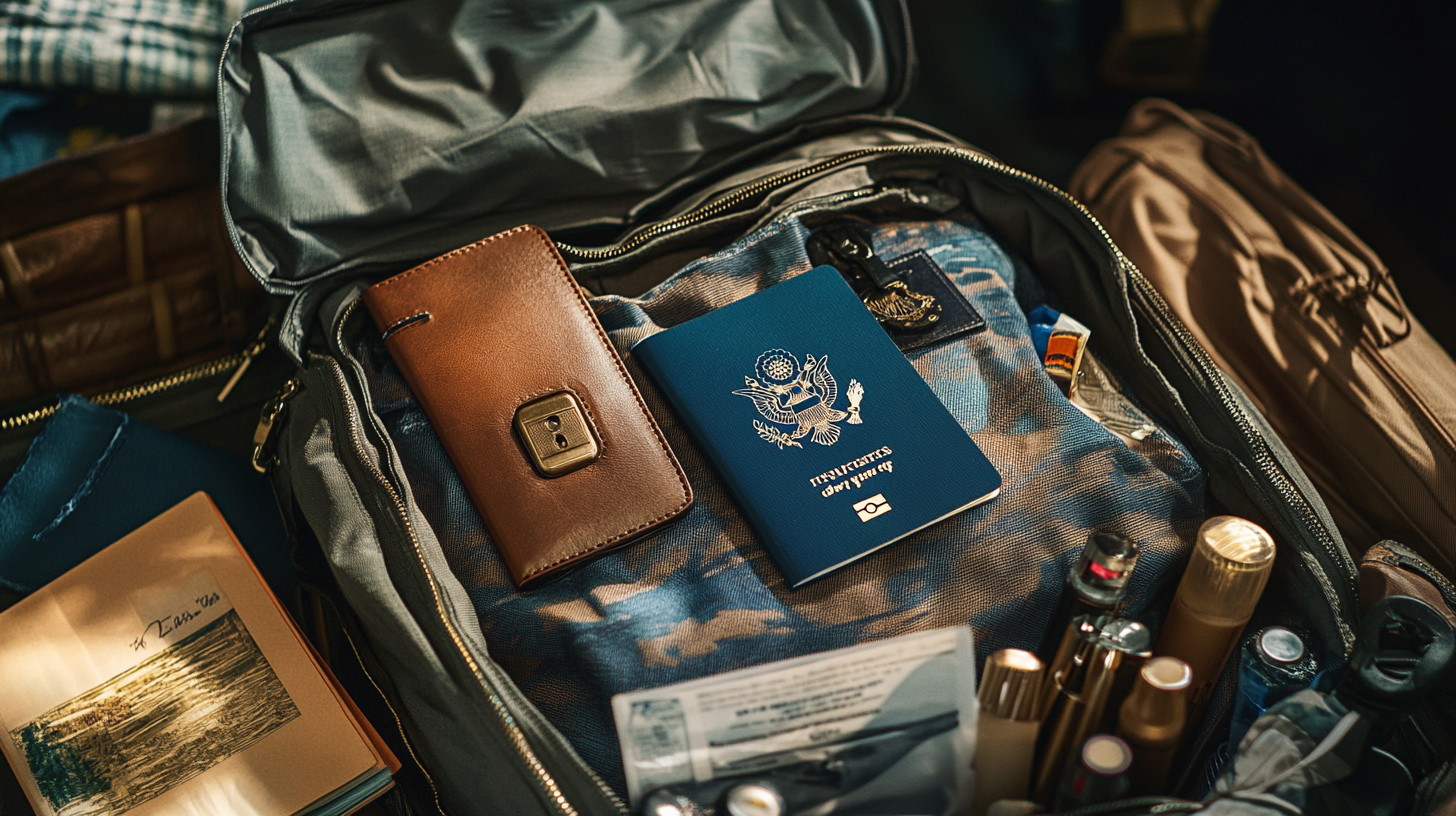
Utilize packing cubes to compartmentalize your clothing and accessories, making it easier to find items and stay organized. They help in categorizing outfits, separating clean from dirty clothes, and maximizing space. Rolling clothes instead of folding can save space and reduce wrinkles, optimizing the limited space in your luggage. Some travelers swear by compression bags for bulky items like jackets or sweaters, which can be especially helpful in colder climates. For more organization hacks, check out the Top Packing Tips for Efficient Travel Organization .
TSA Locks and Security
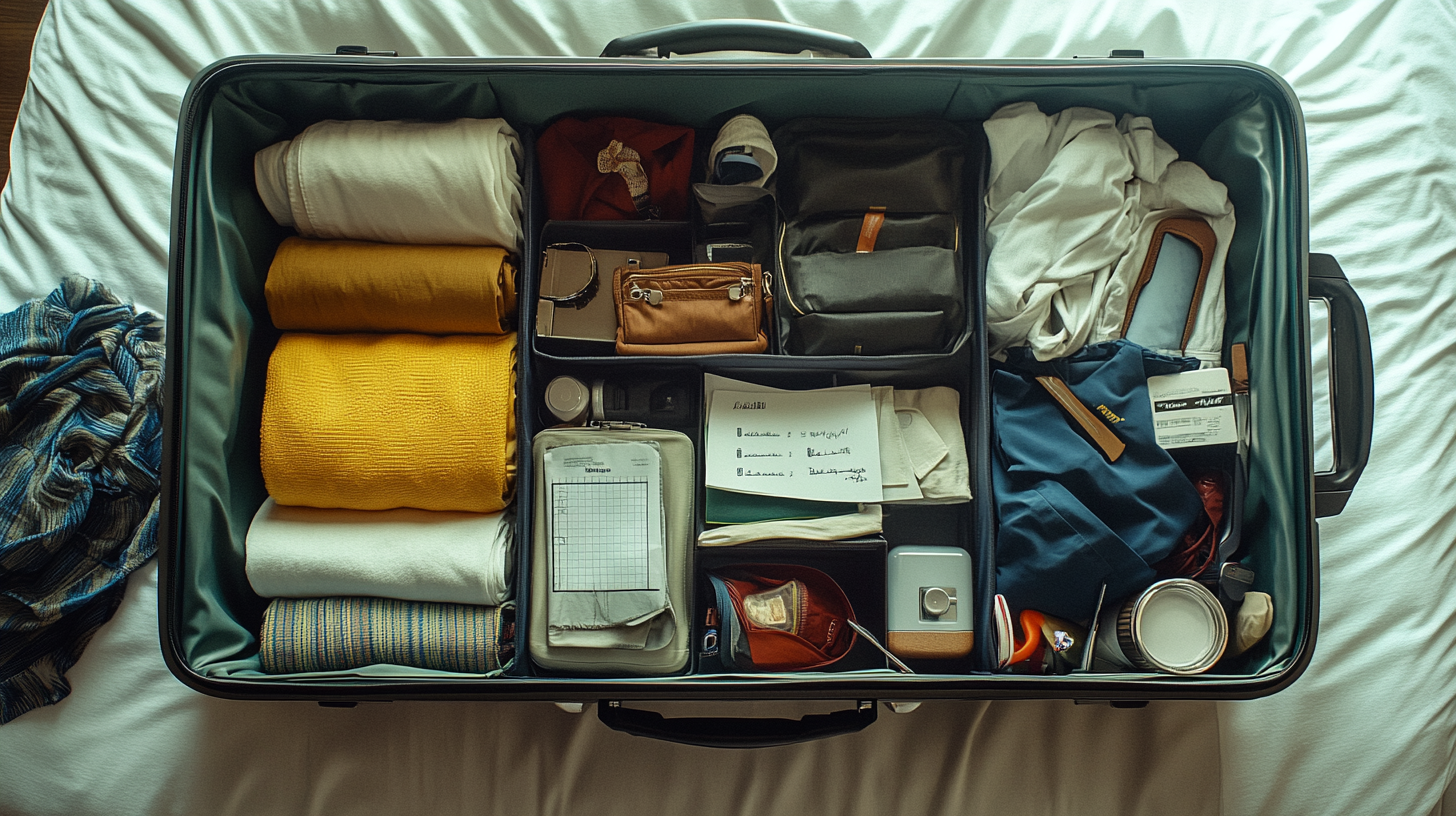
Equip your bags with TSA-approved locks to secure your belongings while allowing for necessary inspections without damage to your luggage. These locks ensure that security personnel can open your bags without breaking the lock, reducing the risk of damage. Additionally, consider using RFID-blocking wallets or passport holders to protect your personal information from electronic theft, as advised in the Protecting Your Valuables While Traveling Internationally .
Packing Strategies for Efficiency
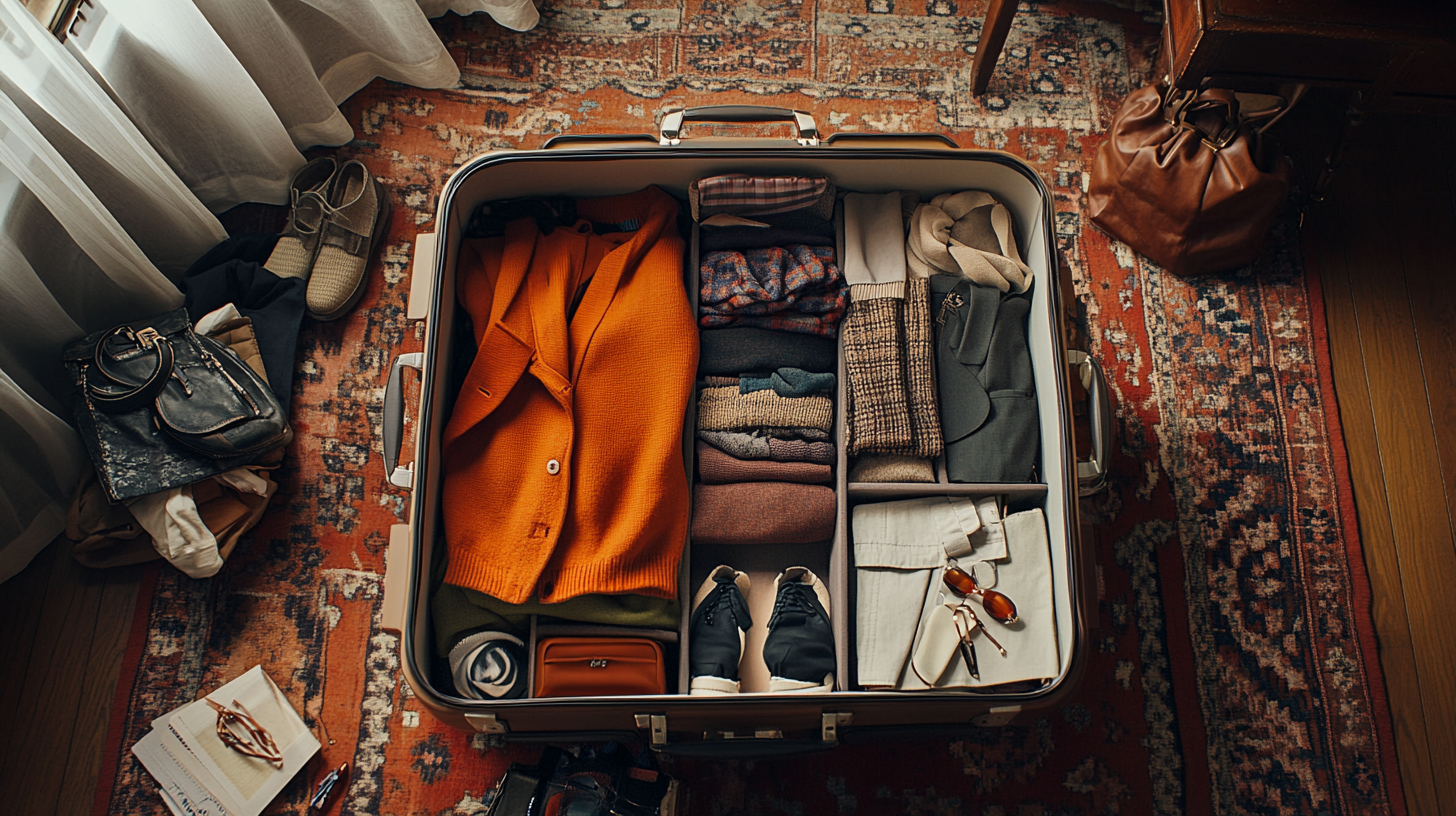
Versatile Clothing Choices
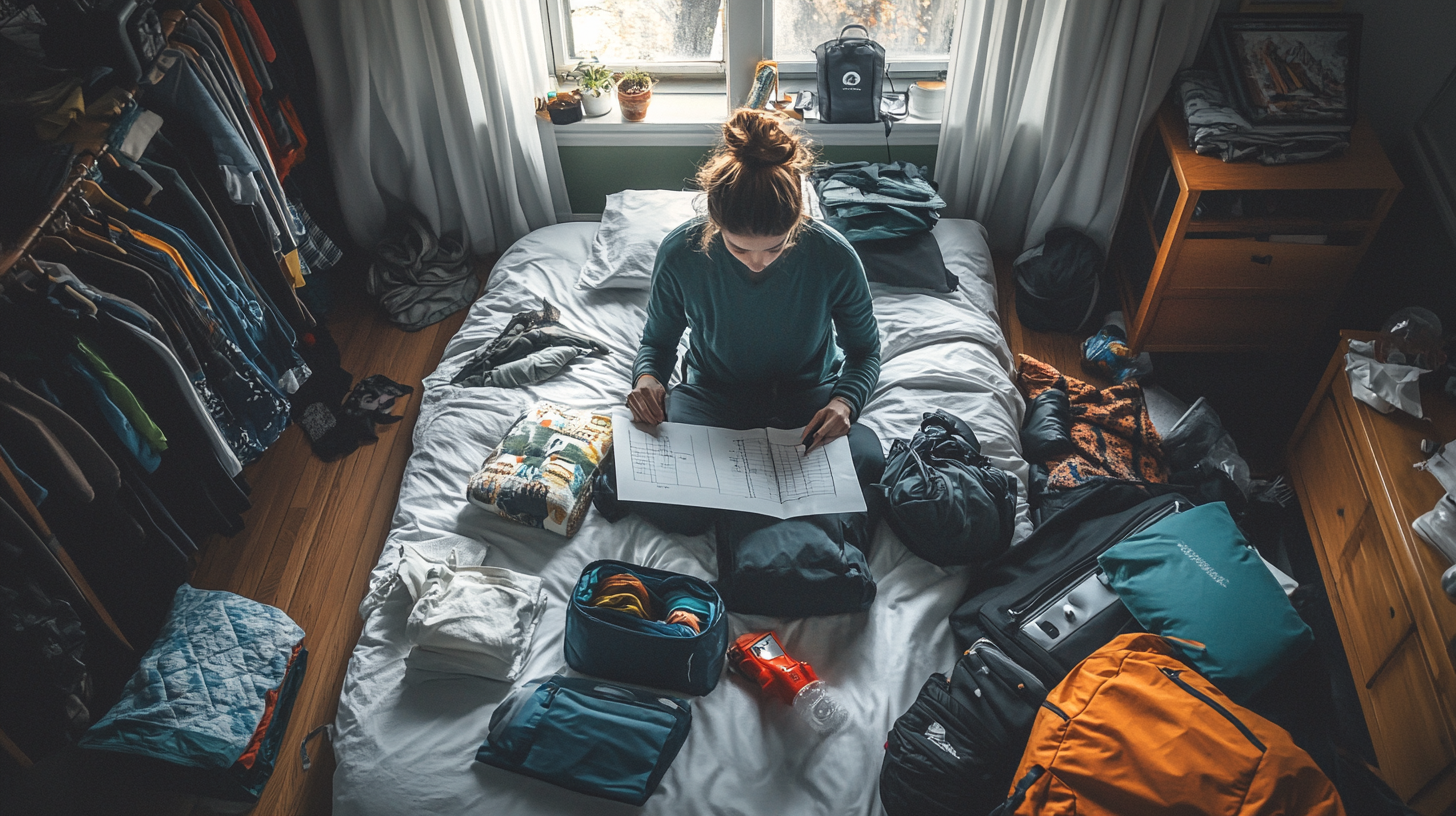
Opt for clothing items that can serve multiple purposes and be worn in various combinations. Choosing neutral colors and classic styles allows for easier mixing and matching. For instance, a black pair of pants can be dressed up for a nice dinner or down for a casual daytime look. This approach reduces the total number of items you need to pack without sacrificing outfit variety. Clothing made from quick-dry materials is also beneficial, especially if you’ll be washing clothes during your trip. Learn more about versatile travel wardrobes in the Building a Capsule Wardrobe for Travel .
Packing Methods
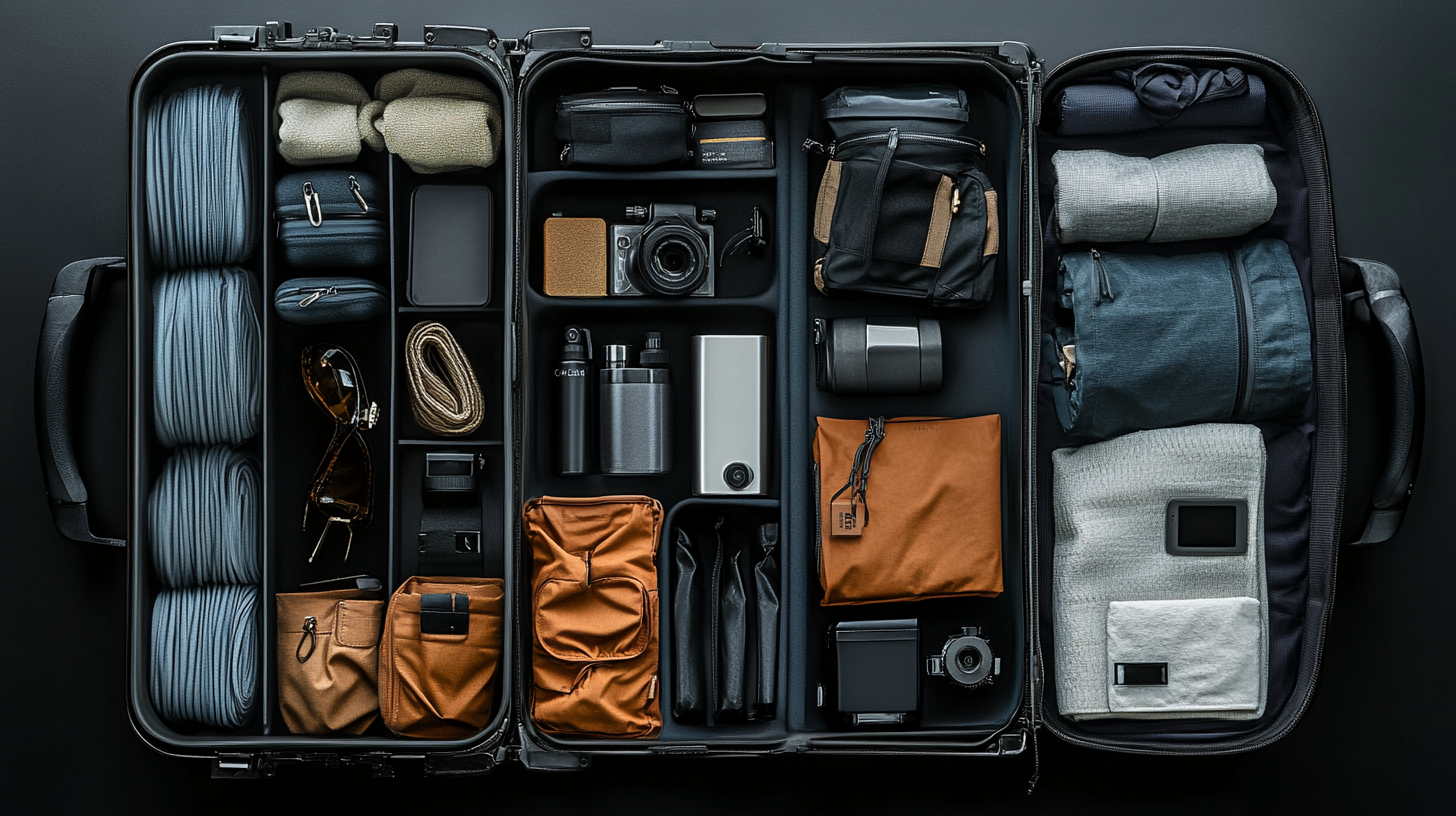
Consider using popular packing strategies like TikTok’s ‘333’ method, which involves packing three pairs of shoes, three bottoms, and three tops, or Geneva Vanderzeil’s 5-4-3-2-1 rule, which focuses on limiting the number of items in each category, promoting a minimalist and efficient packing list. These methods encourage thoughtful selection of items, ensuring you have everything you need without overpacking. Tailor these strategies to your personal needs and the specifics of your trip. For more detailed guidance, see the Minimalist Packing Techniques for Stress-Free Travel .
Avoiding Overpacking
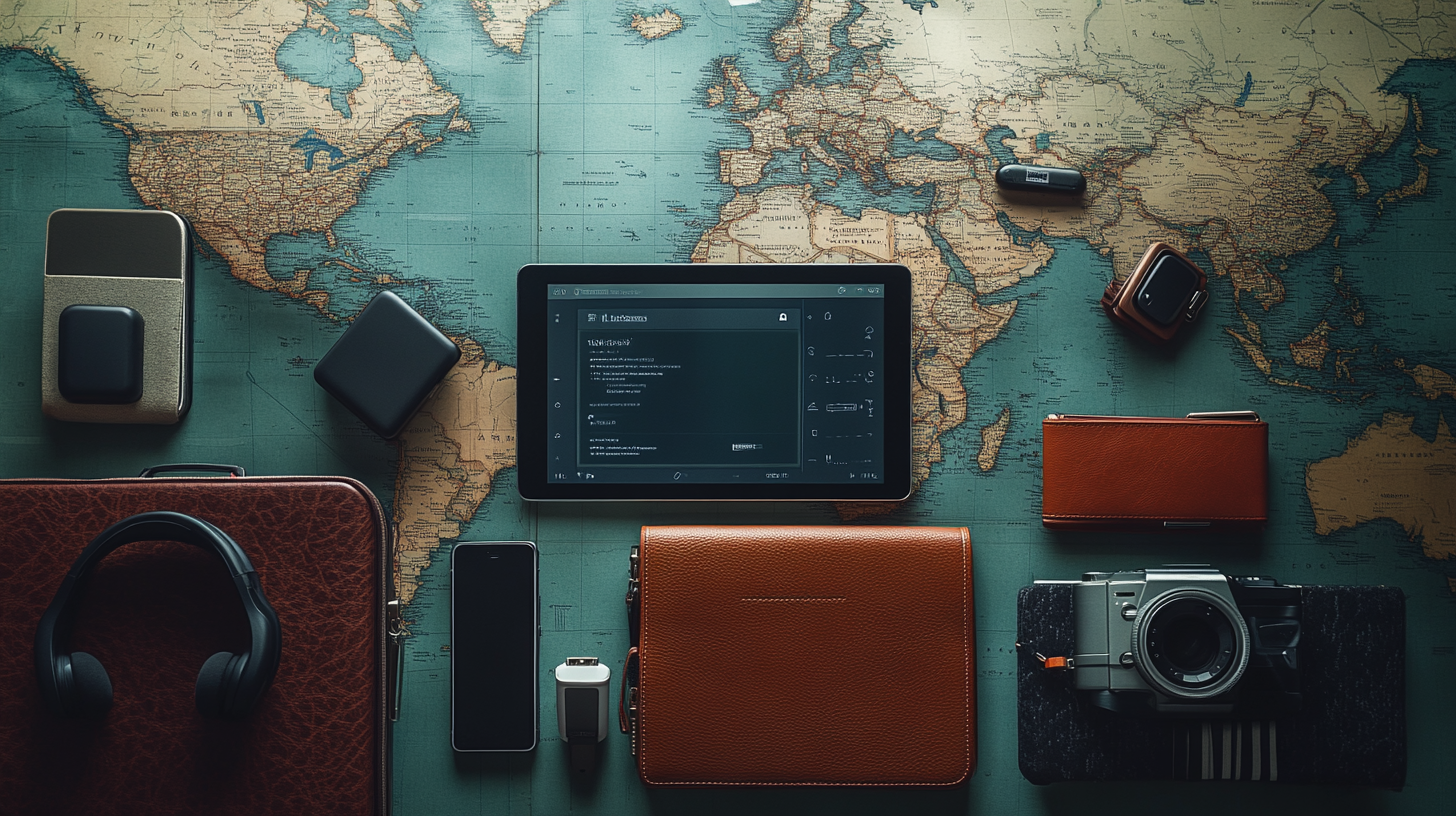
Be mindful of the tendency to overpack by focusing on essentials and items that are not easily accessible at your destination. Research the availability of toiletries or clothing in the region you are visiting; often, common items can be purchased locally if needed. Remember that overpacking can lead to unnecessary baggage fees and inconvenience during your travels, such as difficulty moving luggage or increased risk of lost items. Embracing a minimalist mindset can enhance your travel experience, as discussed in the The Benefits of Traveling Light: A Minimalist Approach .
Essential Tech and Gadgets
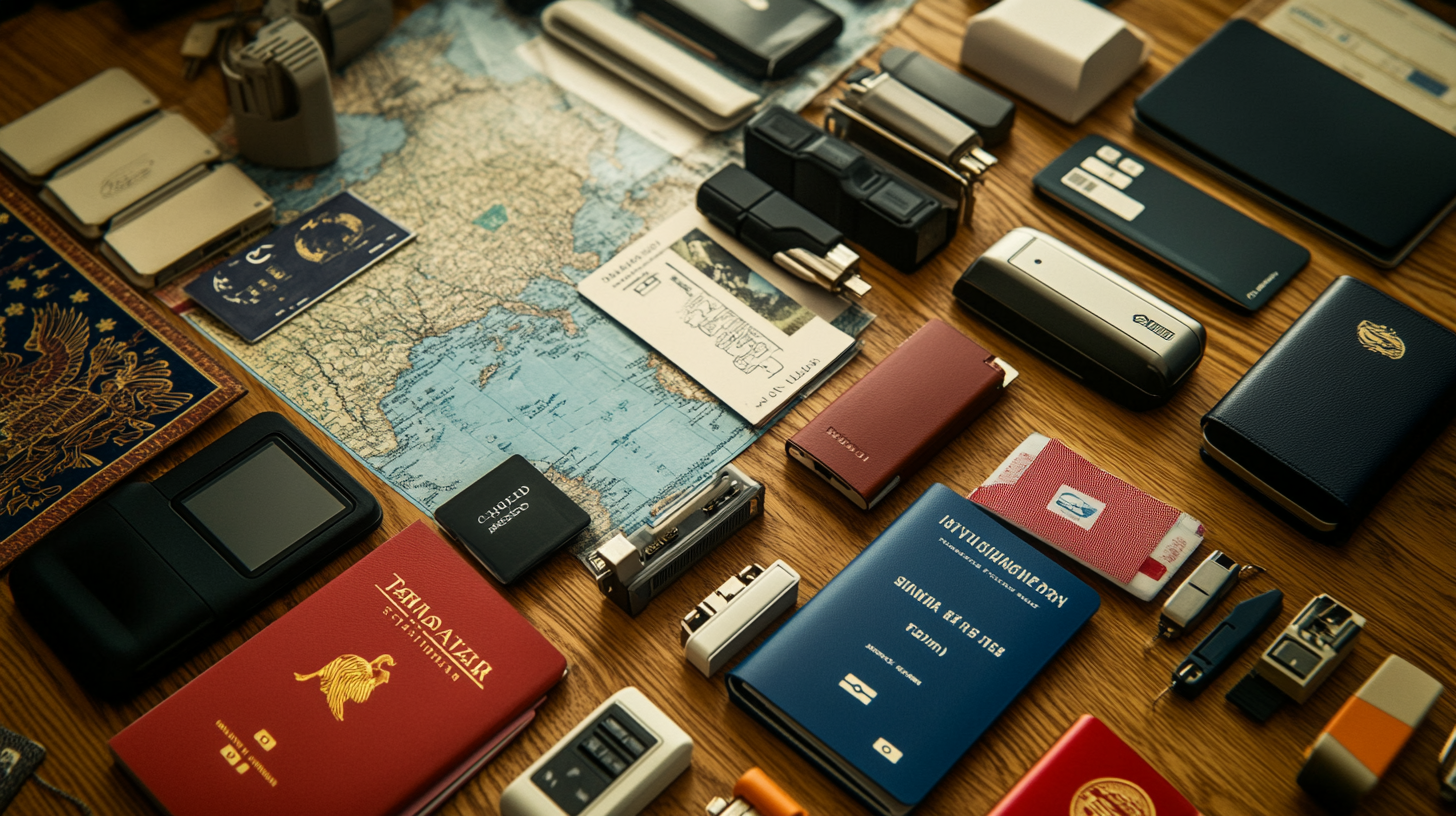
Universal Power Adapters and Chargers
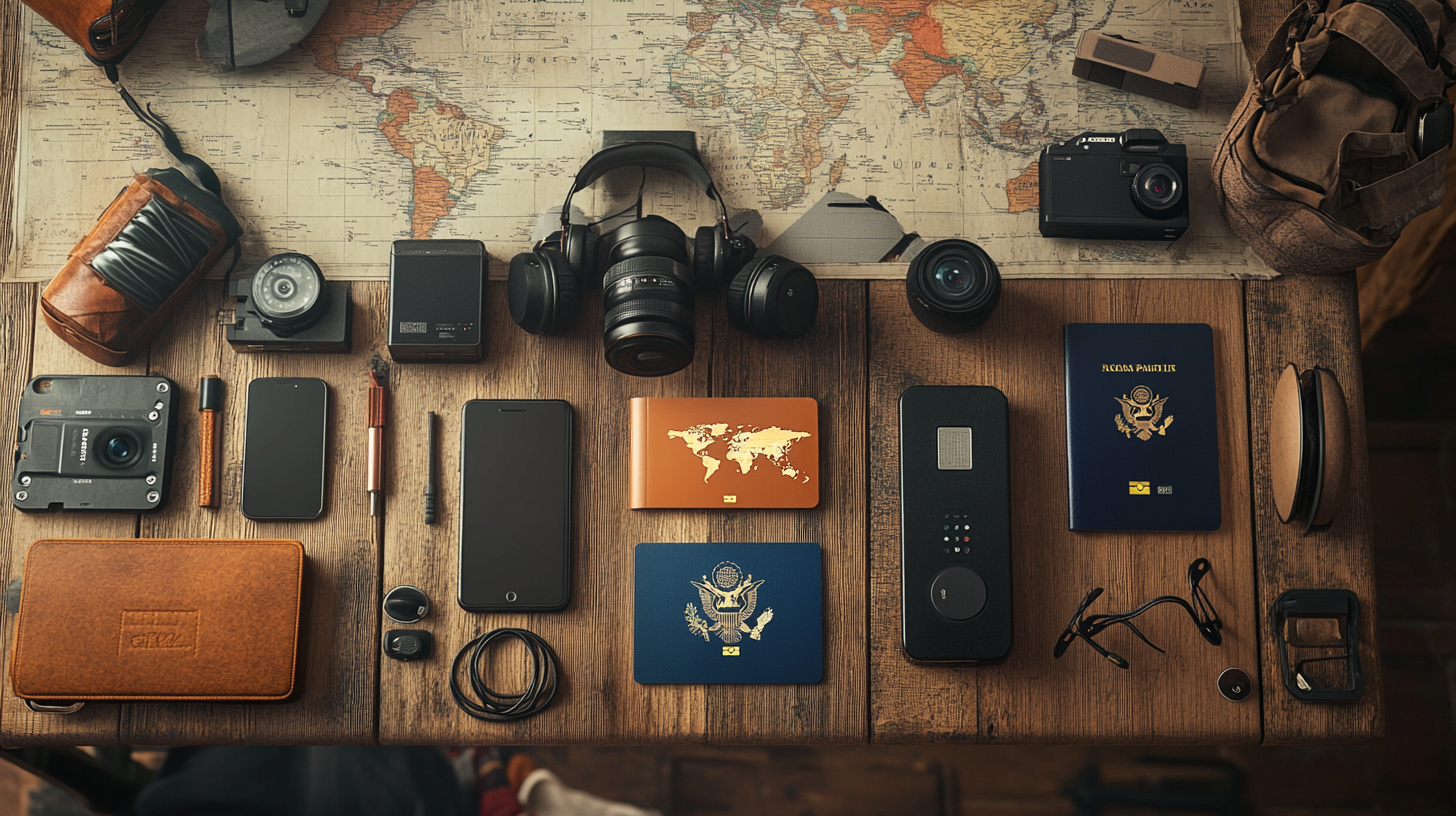
A universal power adapter is indispensable for international travel, ensuring your devices can be charged regardless of the local plug configurations. Look for adapters with multiple USB ports to charge several devices simultaneously. Include portable chargers or power banks to keep your electronics powered during long flights or excursions where outlets are unavailable. Some power banks are solar-powered or have quick-charge capabilities, adding convenience. For recommendations, refer to the Top Universal Travel Adapters and Portable Chargers in 2023 .
Communication Devices
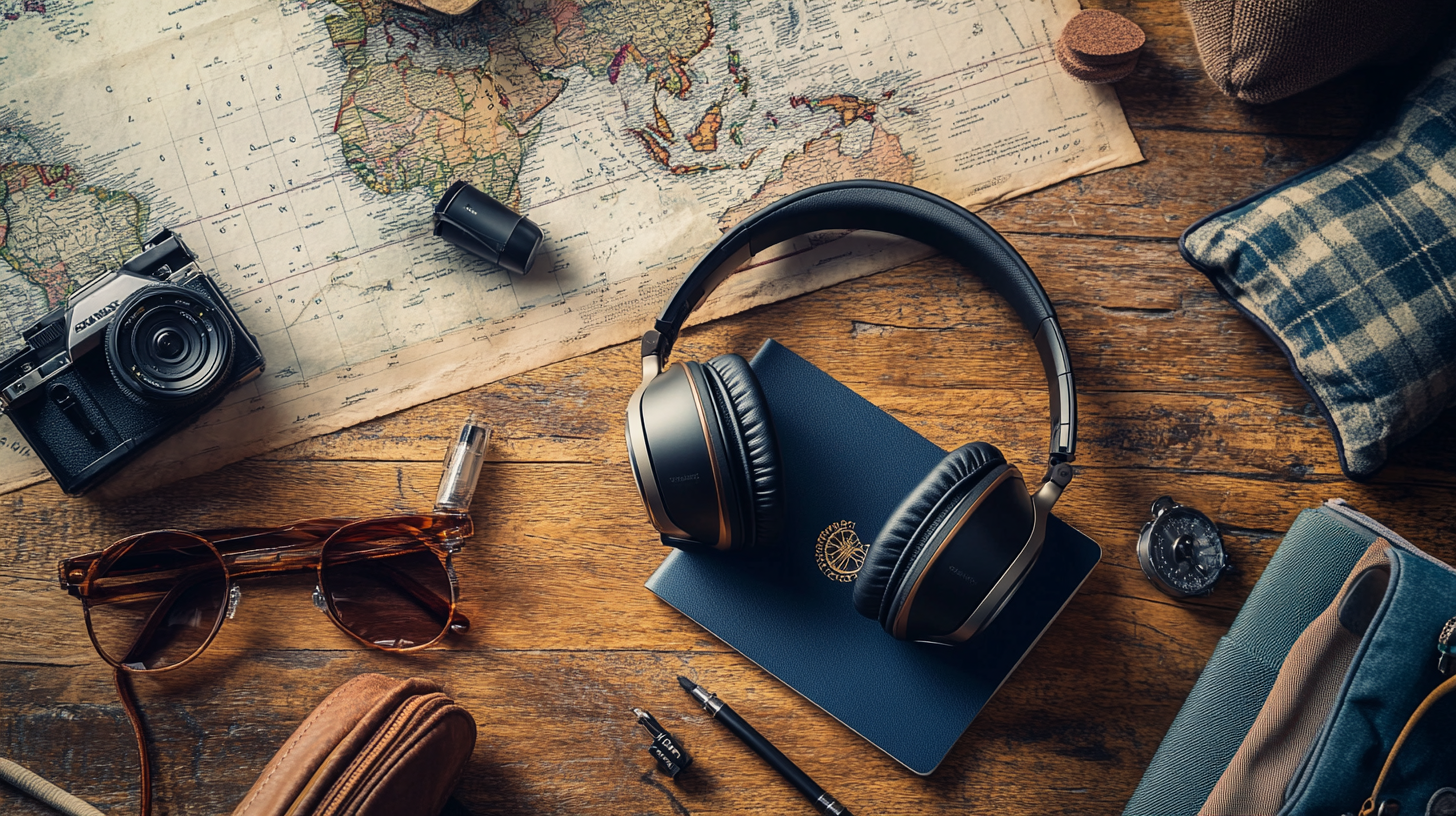
Prepare for international communication by setting up your devices with appropriate SIM or eSIM cards. Research local carriers at your destination, which often offer affordable prepaid plans with data and calling services. This setup helps you stay connected without incurring excessive roaming fees. Also, downloading offline maps and translation apps can be extremely helpful in navigating new environments, as highlighted in the Must-Have Apps for International Travelers .
Noise-Canceling Headphones
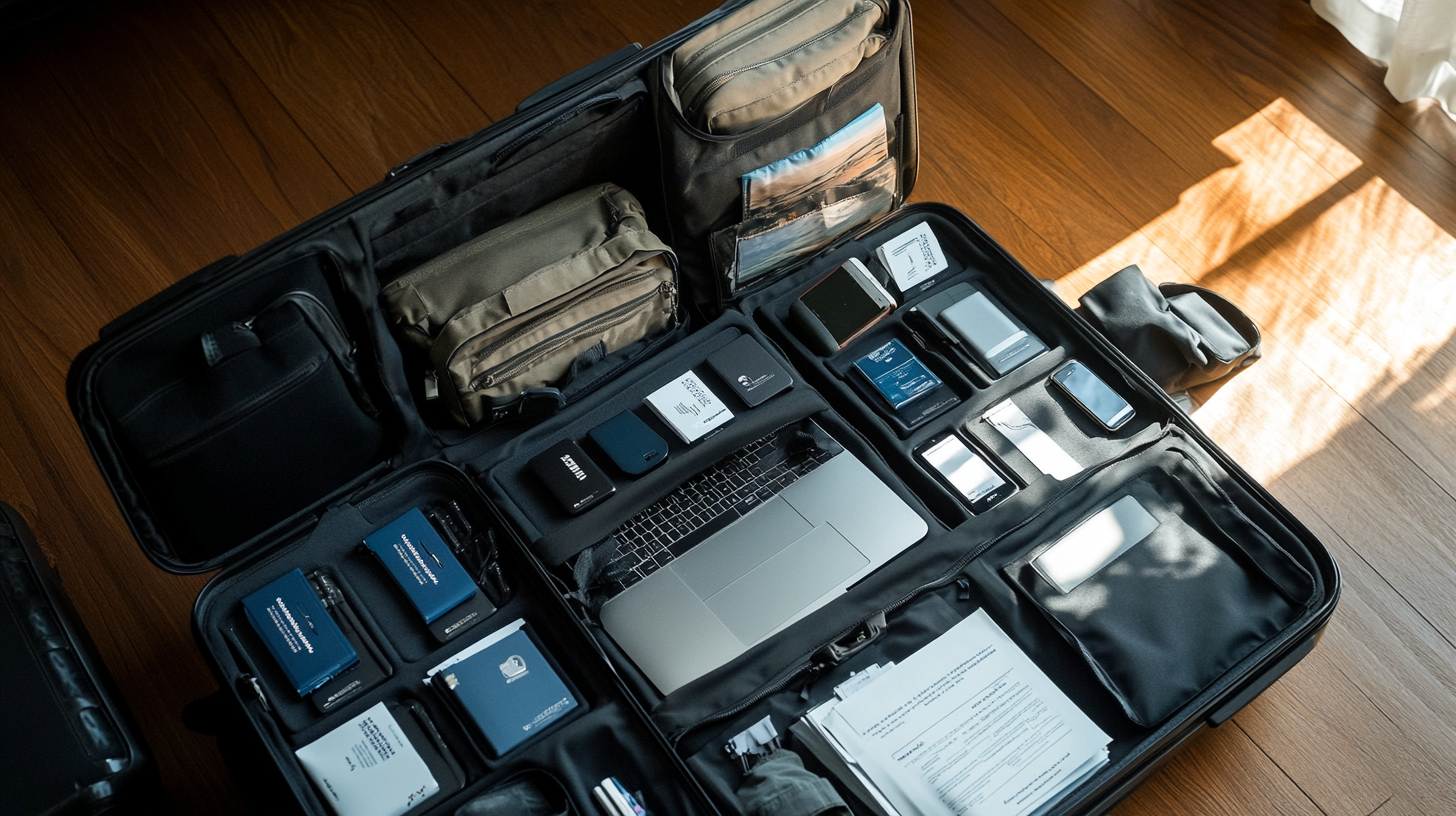
Investing in quality noise-canceling headphones can greatly enhance comfort during long flights and layovers, allowing you to rest or enjoy entertainment without disturbance. They can also be beneficial in noisy environments like bustling city centers or during train rides. Consider headphones with long battery life and comfortable designs for extended wear. For an overview of the best options, see the Comparative Review of Noise-Canceling Headphones for Travel .
Compliance with Electronics Regulations
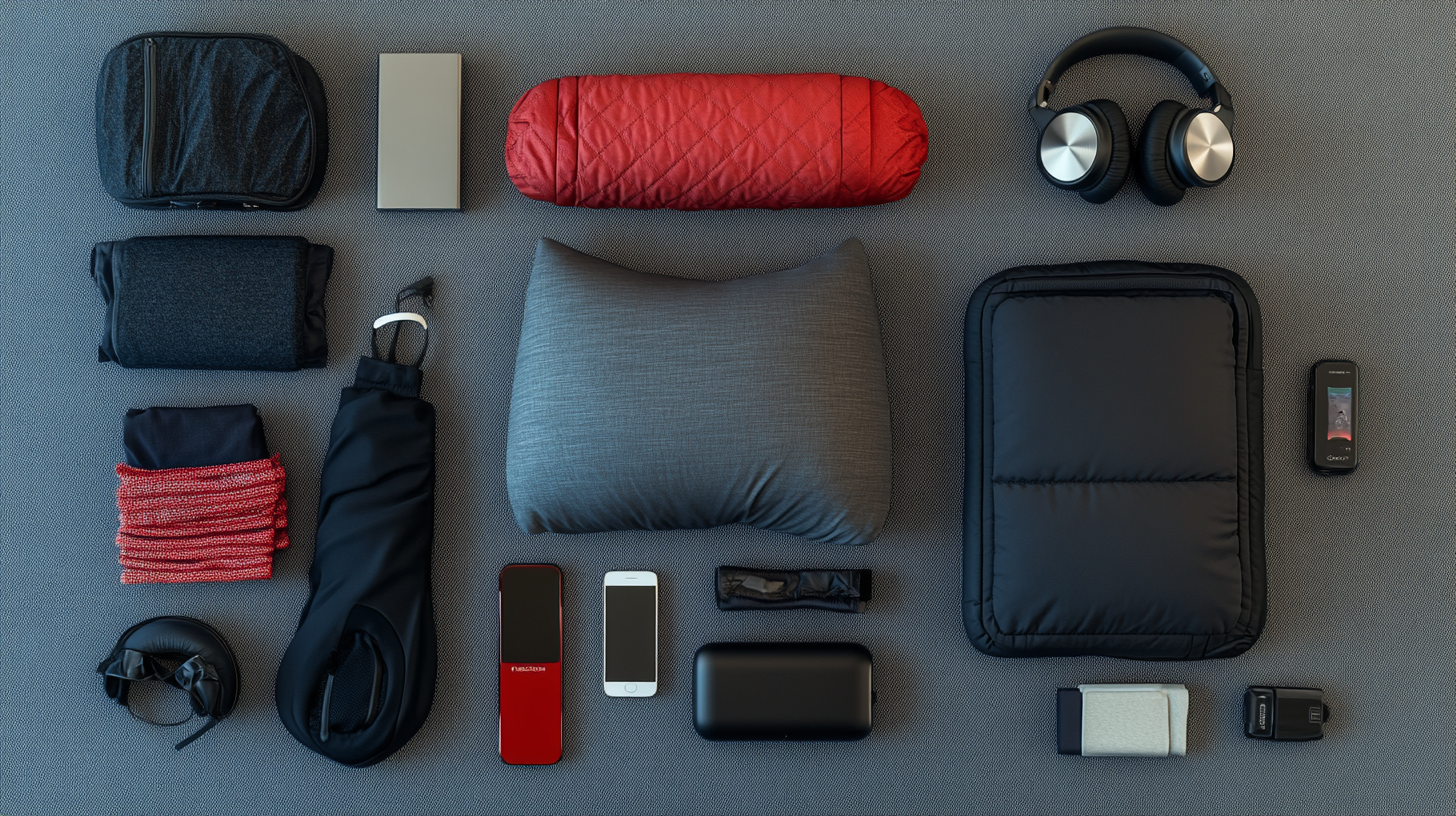
Be aware of airline and country-specific regulations regarding electronics. Follow the Transportation Security Administration (TSA) guidelines for U.S. travel, particularly concerning lithium batteries and restrictions on certain devices. Some countries have bans on satellite phones or drones, so check the regulations before packing such items. Pack electronics and chargers in your carry-on for security and accessibility, ensuring they are charged and can be powered on if requested during security checks. Consult the Up-to-Date Electronics Travel Regulations Guide for detailed information.
Comfort and Convenience Items
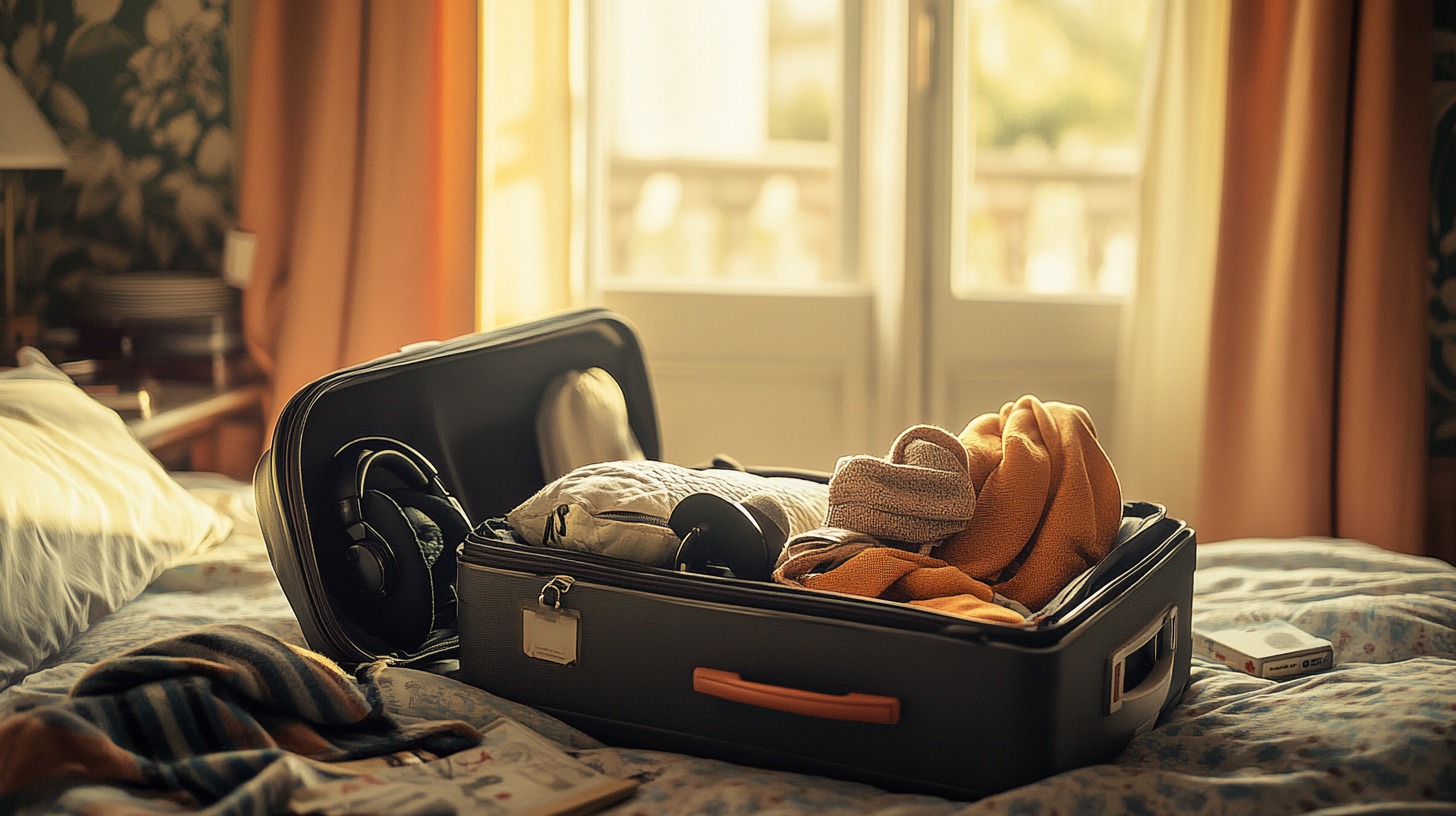
Travel Accessories for Comfort
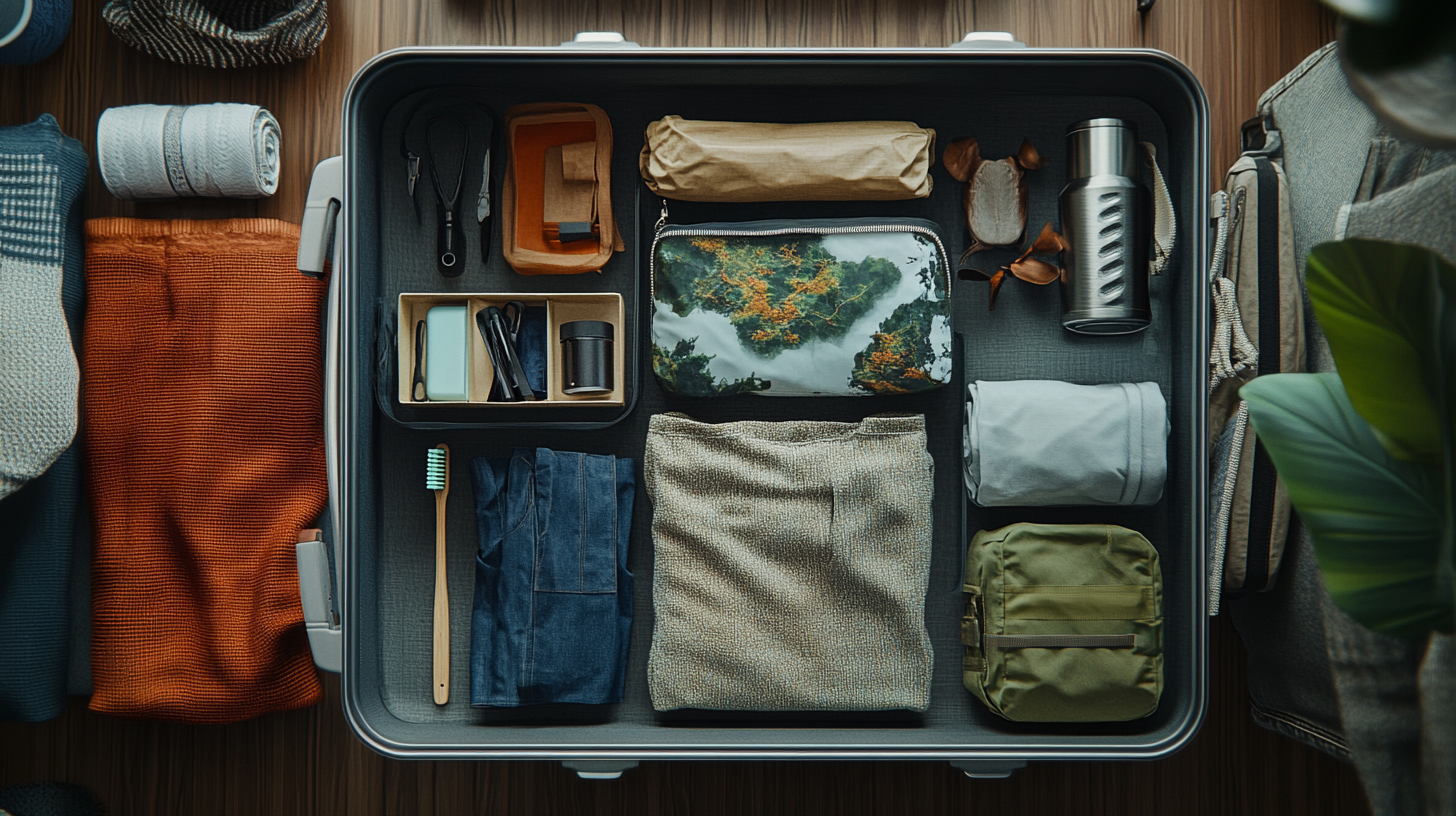
Items like ergonomic neck pillows, such as the Trtl Pillow, can provide much-needed neck support during long flights or bus rides. Eye masks and earplugs can also enhance sleep quality while traveling. Compression socks are beneficial for circulation during prolonged periods of sitting, reducing the risk of deep vein thrombosis. Lightweight travel blankets or scarves can serve multiple purposes, providing warmth or modesty when needed. For a curated list of comfort-enhancing items, check out the Essential Comfort Accessories for Long-Haul Flights .
Sustainable Packing Practices

Consider environmentally friendly items such as reusable water bottles, as emphasized by travel expert Ashley Rossi. Many airports and cities offer water refill stations, reducing plastic waste and saving money. Sustainable choices like metal straws, cloth shopping bags, and eco-friendly toiletries reduce waste and often prove more convenient during your trip. For more ideas on sustainable travel, refer to the Eco-Friendly Packing Tips for the Conscious Traveler .
Toiletry Essentials
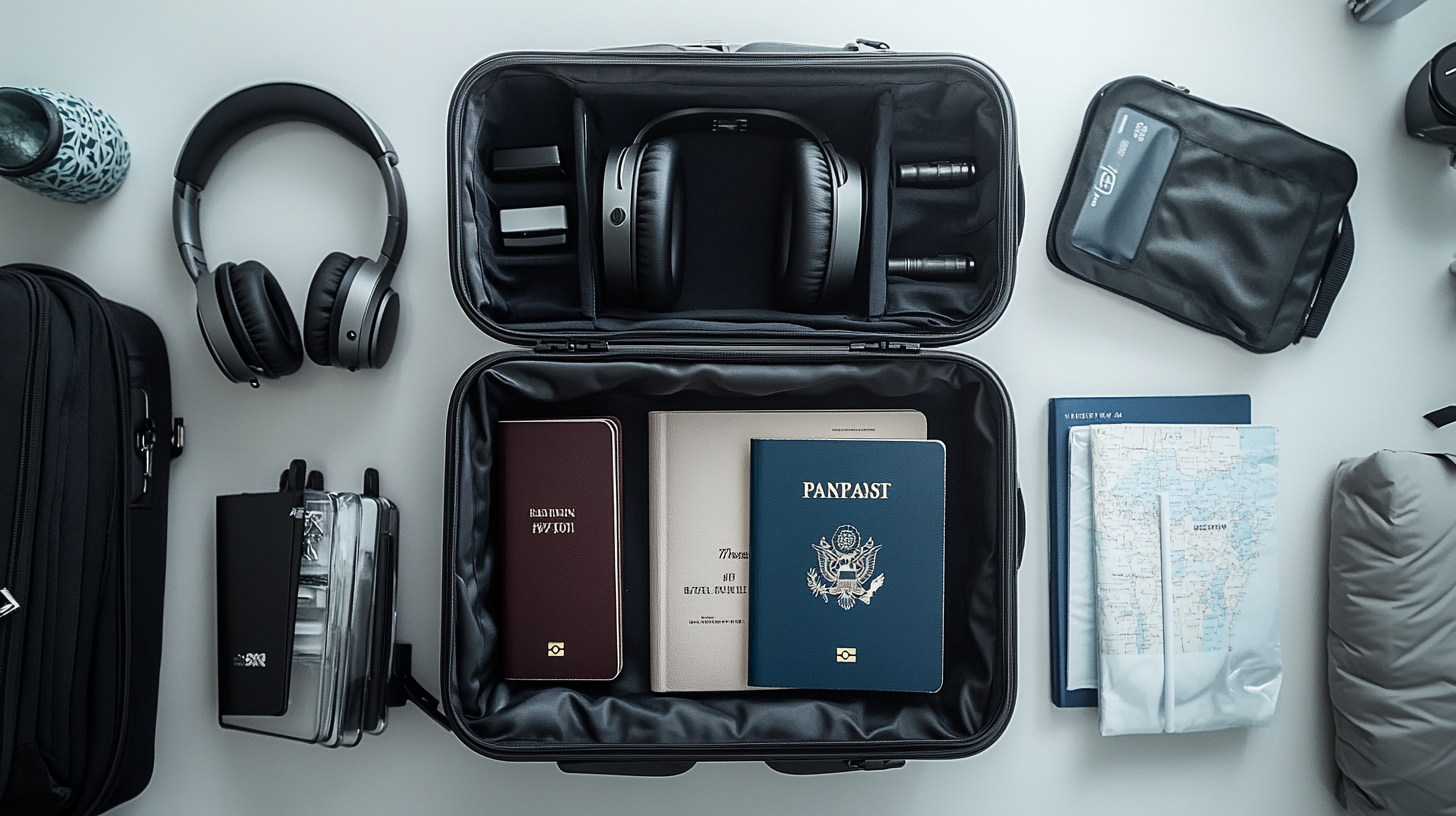
Organize your toiletry items in a dedicated bag, using TSA-approved containers that are 3.4 ounces (100 milliliters) or less. This practice ensures compliance with security regulations and quick access when needed. Consider solid toiletries like shampoo bars and soap to reduce the risk of leaks and save space. Don’t forget essentials like toothbrushes, toothpaste, deodorant, and any personal care items you regularly use. For a comprehensive list, see the Ultimate Toiletry Packing List for International Travel .
Carry-On Essentials
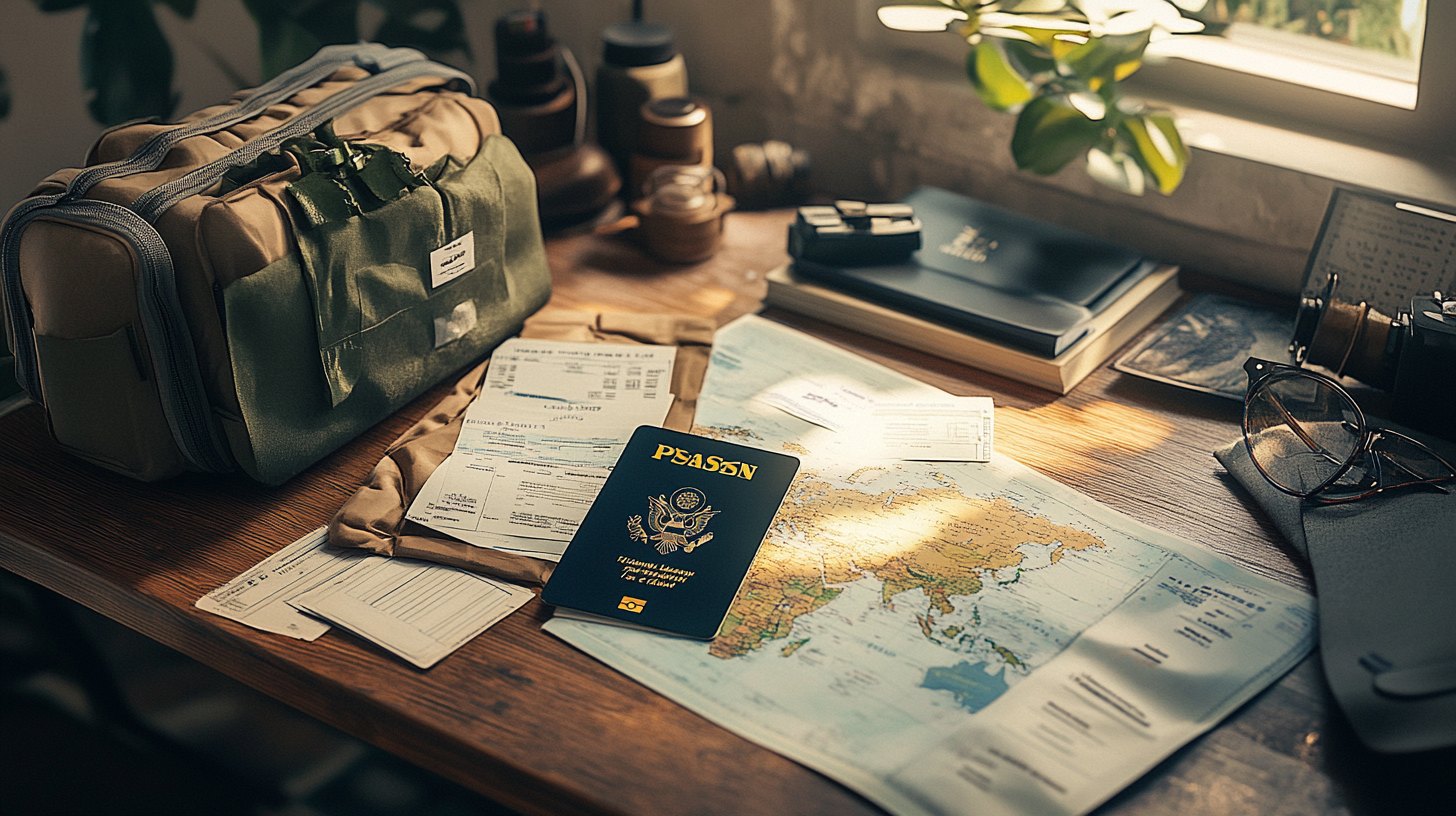
Important Documents
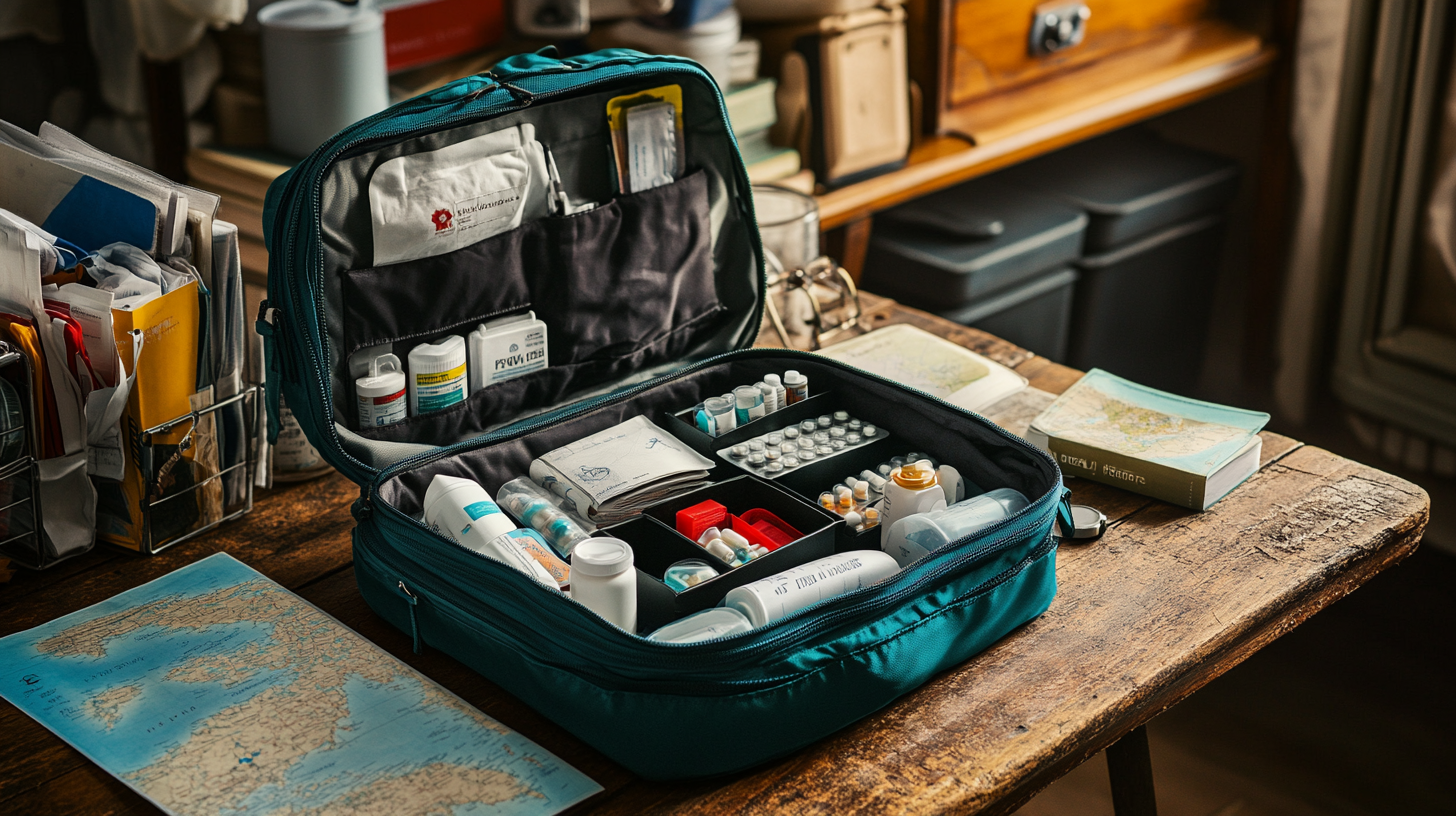
Always keep essential documents like your passport, travel itinerary, boarding passes, and any visas in your personal carry-on bag. A travel document organizer or wallet can help keep these items secure and easily accessible. It’s also wise to carry photocopies or digital scans of important documents in case of loss or theft. Some travelers use password-protected apps to store digital copies securely. For more on safeguarding your documents, consult the Protecting Important Travel Documents: Best Practices .
Medications and Health Items
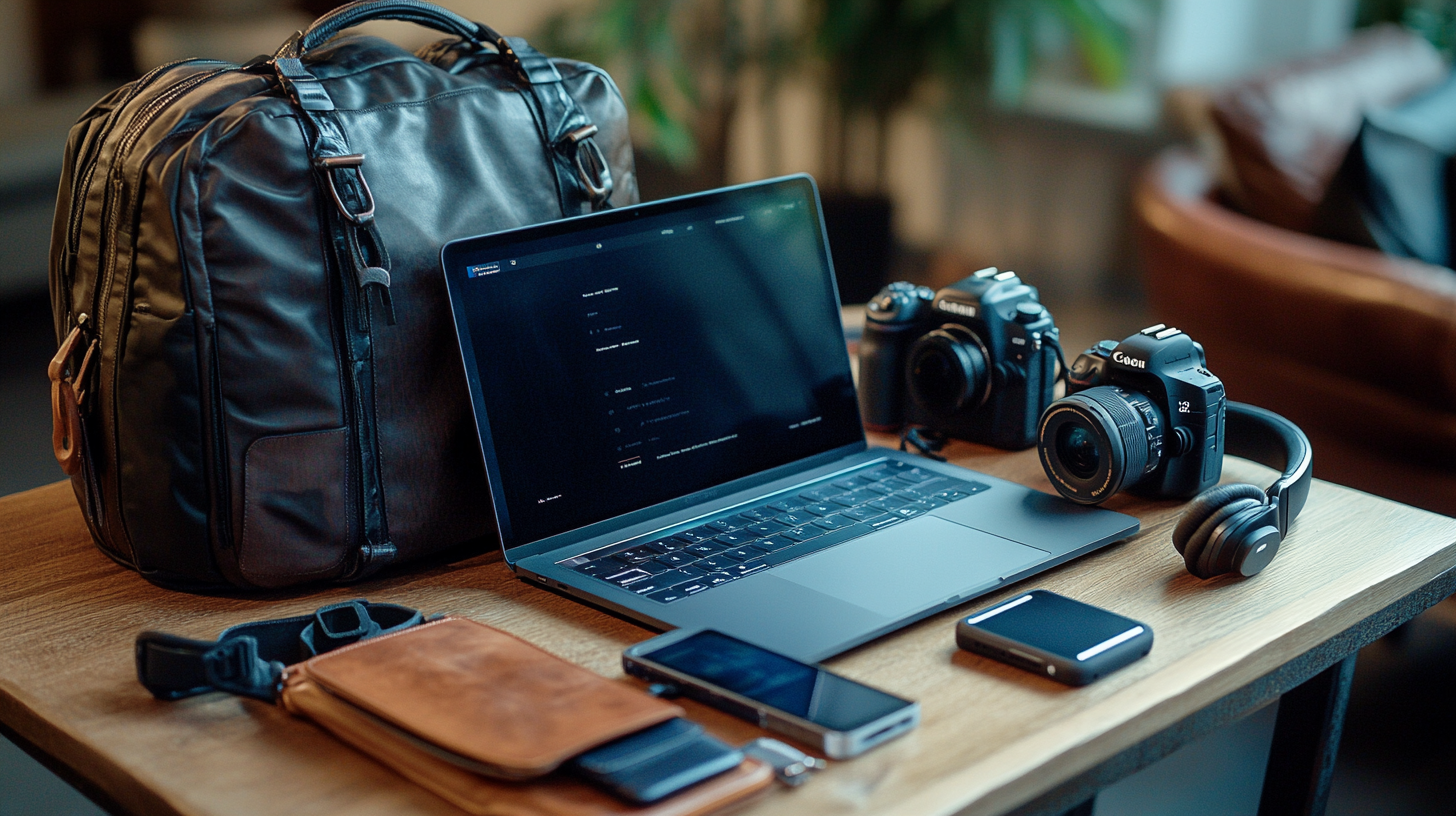
Pack necessary medications in your carry-on to prevent issues if checked luggage is delayed or lost. Include a basic first-aid kit for minor health needs during your travels, containing items like band-aids, antiseptic wipes, and pain relievers. If you have prescriptions, bring enough for the entire trip plus a few extra days. It’s also helpful to carry a list of your medications and dosages. For guidance on health preparedness, see the Travel Health Essentials: A Guide to Packing Medications and Supplies .
Electronics and Valuables
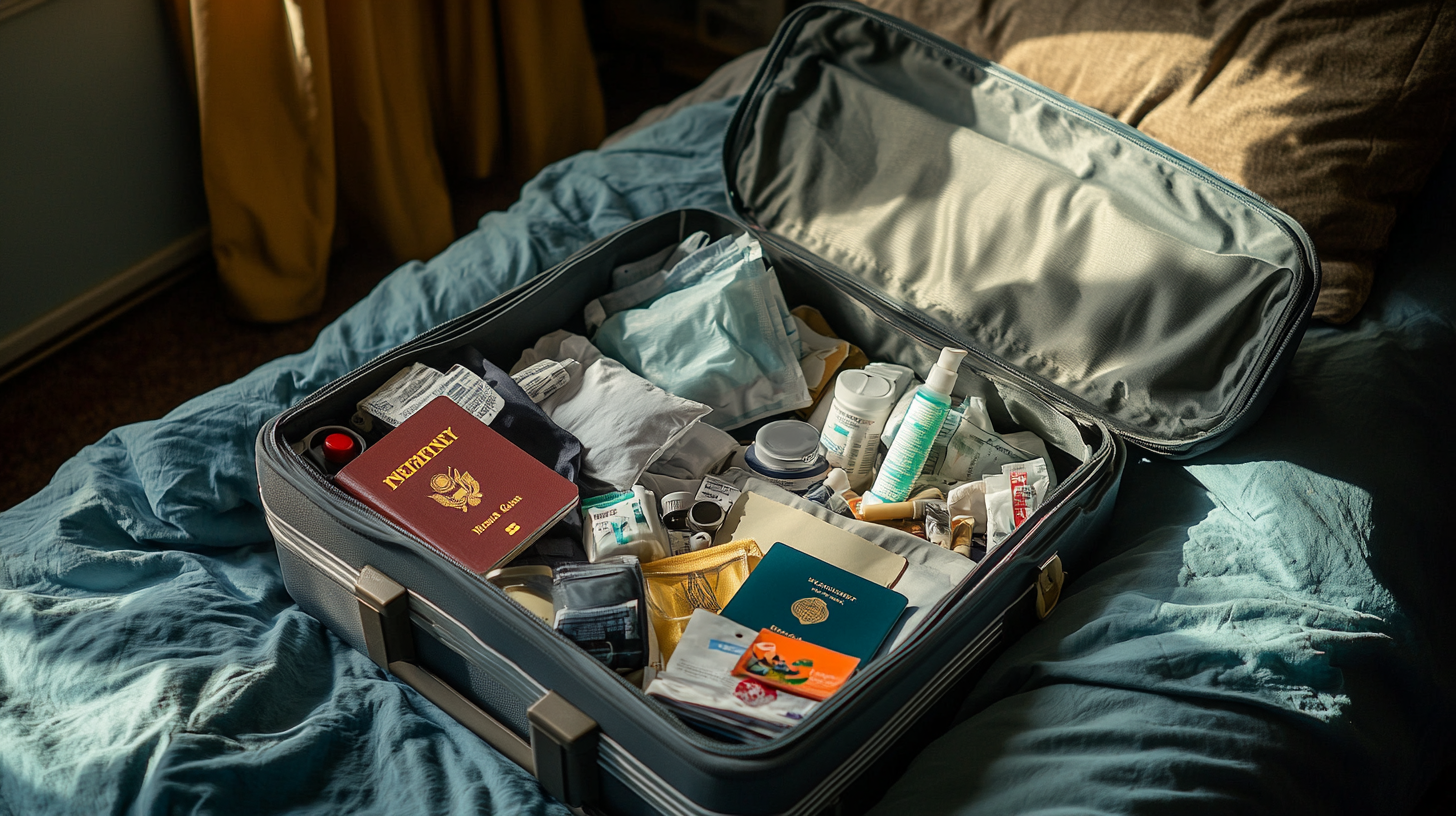
Carry your valuable items and electronics with you to safeguard against loss or damage. Devices such as laptops, tablets, cameras, and e-readers should be in your carry-on. Ensure devices are charged and comply with any airline restrictions, such as powering on devices during security checks. Keep charging cables and adapters accessible, and consider using protective cases or sleeves to prevent damage. For tips on transporting electronics safely, refer to the Safeguarding Your Electronics While Traveling Abroad .
Health and Safety Considerations
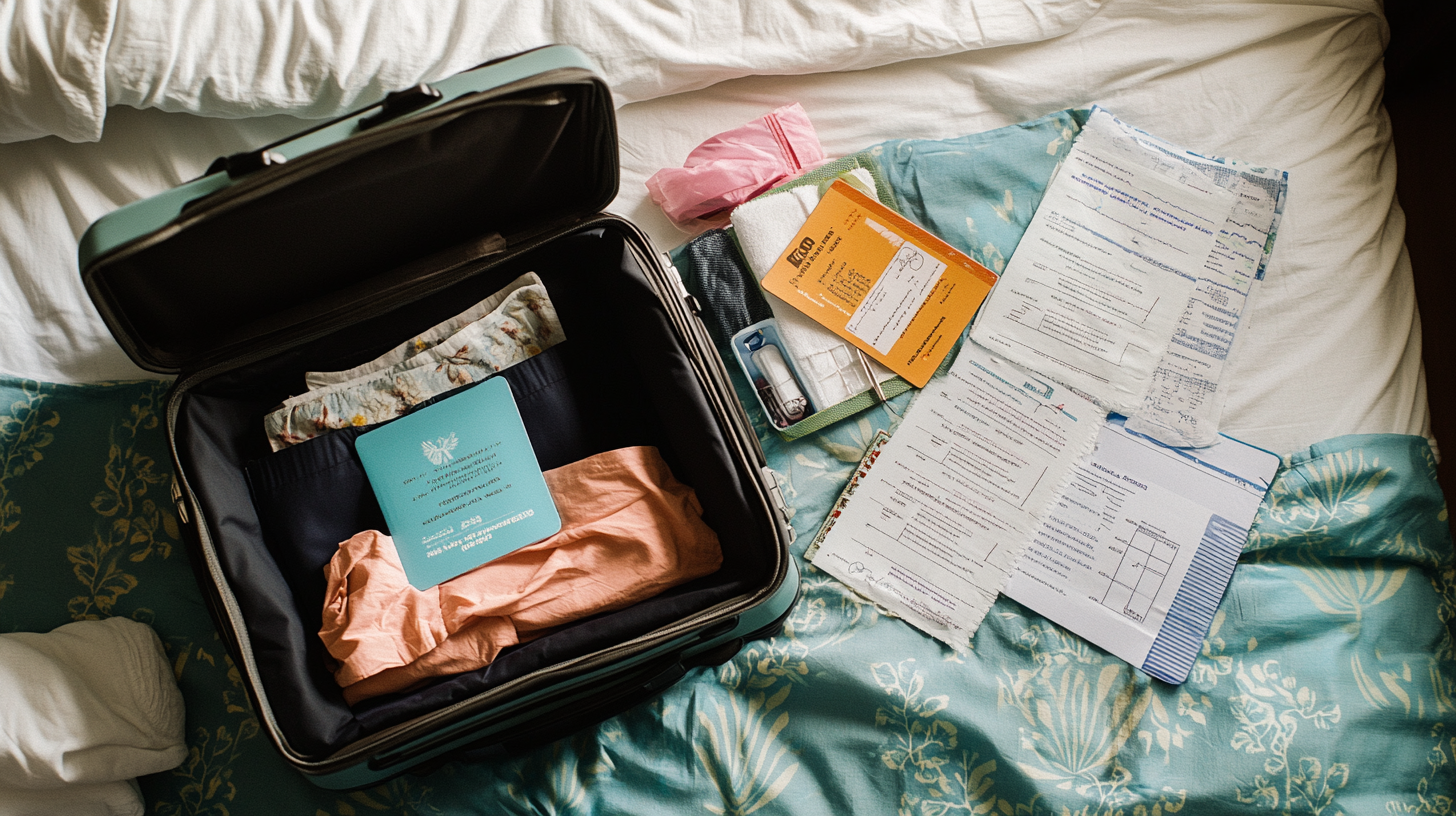
Understanding Restrictions
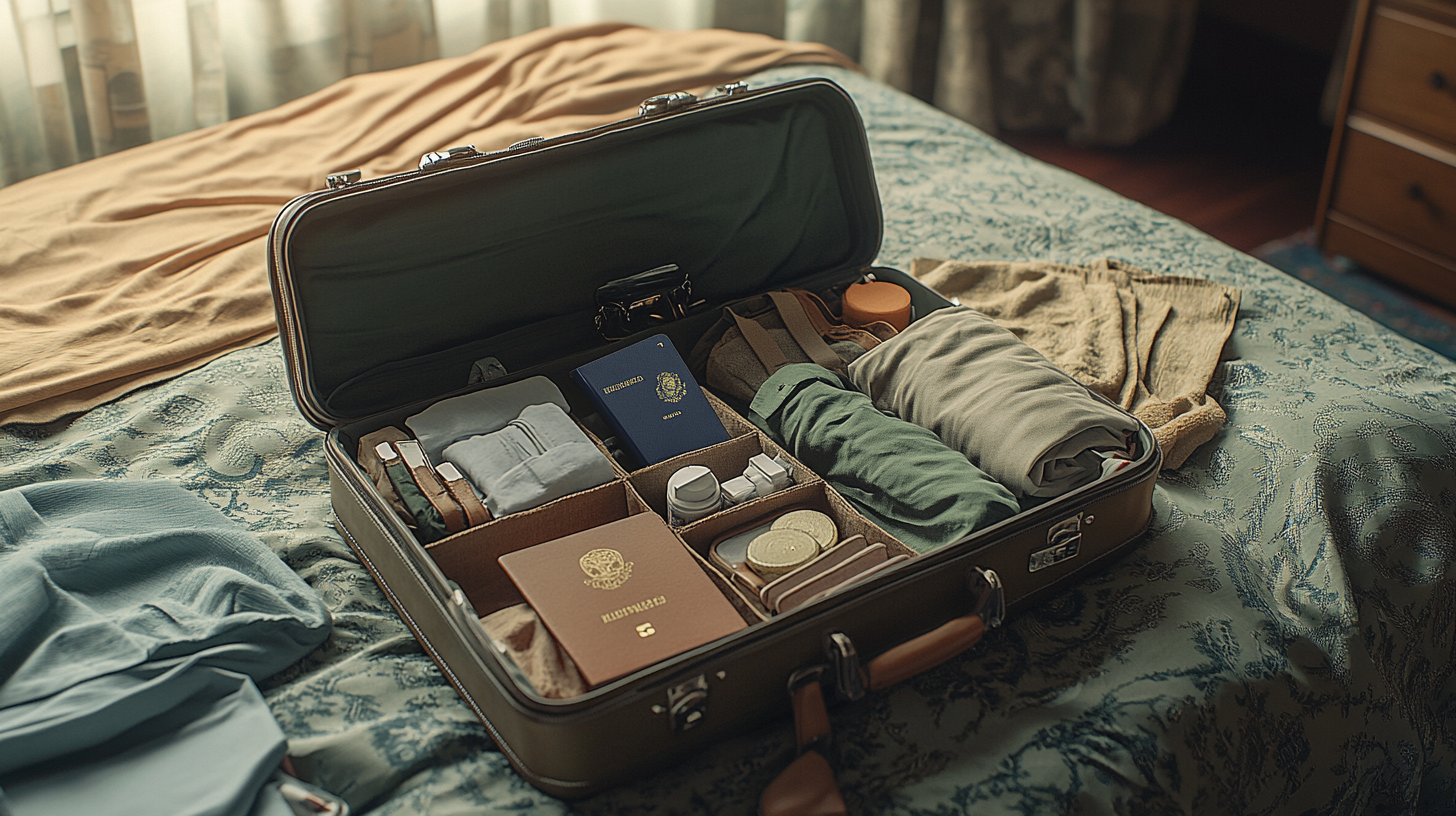
Be knowledgeable about restrictions on items like drones, certain medications, and other regulated goods when traveling internationally. Some countries have strict laws against bringing in controlled substances, including some over-the-counter medications. Consult TSA and country-specific guidelines to avoid confiscation or legal issues. Websites like the International Travel Regulations Database provide up-to-date information on prohibited items and required declarations.
Vaccinations and Health Documentation
Carry proof of vaccinations if required. Some countries necessitate specific immunizations for entry, such as the yellow fever vaccine for certain African and South American nations. The World Health Organization’s International Certificate of Vaccination or Prophylaxis (ICVP) is often used for this purpose. Ensure compliance to prevent entry denial or health risks. Keep these documents with your passport for easy access. For more details, see the Global Vaccination Requirements for Travelers .
Final Thoughts
Follow us back to Seat 5A for more travel tips and insights. Packing for an international trip doesn’t have to be overwhelming. By considering your destination’s specific needs, organizing efficiently, and focusing on essential items, you can reduce stress and enhance your travel experience. Embrace the journey ahead with confidence, knowing you are well-prepared to explore the world. Remember, the key to successful international travel lies in thoughtful preparation and a willingness to adapt and enjoy new experiences, as emphasized in the Traveler’s Guide to a Stress-Free Adventure . Safe travels!



